By 9am, an hour after the doors had opened, we'd already seen the sheer breadth of the designs and complete cars this fascinating Tokyo motor show of 2015 was going to offer.
The Japanese like doing things to the letter, so as the second hand attained the vertical at 8.30am precisely, Mazda's president stepped out to reveal the magnificent new RX-Vision two-seat coupé, complete with its new-generation Skyactiv-R rotary engine. The crowd of onlookers was vast; those who were cameramen with video to shoot were actually jostling one another to get to elevated positions.
The RX-Vision is a fabulous-looking machine, entirely in character with previous RXs and a dead cert for production, although the company has avoided putting a date on its launch (they say it's to avoid pressuring engineers who have to finish making a fundamentally dirty engine clean). Our guess would be Tokyo 2017, and we'd further wager not a few of those engineers already have it inked in their diaries.
The point is, this RX was perhaps the best representative of one class of car we saw quite a bit of at Tokyo: the model, while being thorough modern, carried forward many desirable traits and traditions from the past. Toyota's cute front engine-rear drive S-FR baby roadster was another - not only recalling Toyotas past, but cars of the Honda S800 and MG Midget ilk as well.
Then, just 15 minutes later, Nissan showed a product from the other end of the spectrum, a model with precious little heritage that was exciting for what it will do in the future. The handsome IDS concept, a decent guide to the next Nissan Leaf but quite different to look at, was so damned modern in shape and thought that even when shorn of things that will never make production (such as the pillarless doors and the more radical aerodynamic addenda), it gave a breathtaking view of the future.
So did Nissan's affordable and well-advanced Intelligent Driving system, which offers you a choice between full autonomy and a subtlety assisted manual mode. It will be introduced in three stages in 2016, 2018 and 2020.
Similarly futuristic was Mitsubishi's fully electric concept B-SUV, a car the firm has already said it plans to put on sale by 2020. It was compact, pretty and bold in a pleasing way - one of many of this show's creations that gave you strong hope for the future.
This was pretty much an Japanese show. Tokyo's shows usually are. The Westerners were there, but they were invariably launching cars we already knew well: the Clio RS for Renault, the Range Rover SVX for JLR and the M4 GTS for BMW. But the relative quietness of our familiar manufacturers meant this show was refreshingly short on slightly altered versions of cars we were already anticipating and can visualise, usually with black interiors and eye-watering prices.
That was another thing about this Tokyo. It featured a generous helping of radical, low-cost proposals from the likes of Suzuki and Daihatsu - both experts at cheap cars - some of which may have looked a bit odd to Western eyes, but which were resolved and fully functioning (the Japanese just don't seem to like three-dimensional speculation) and had equivalents running about on the roads outside our vast show hall.
There were two Subarus - a new Impreza concept and an updated Viziv crossover concept that looked distinctly smart - and I even liked most of the lines on the new Lexus, apart from a grille that, like several of the recent breed, seemed to be trying to set a record for ugliness.
British input? It was there in large measure in the petite and amazingly roomy Yamaha Sports Ride concept, whose underskin work was entirely done in Guildford by Gordon Murray, using a developed (even stiffer, even lighter) version of his startlingly efficient manufacturing process, now called iStream Carbon, consisting of light carbonfibre panels bonded between large-diameter tubes.
In this case, the panels are produced by a process that allows the remarkably short 100-second cycle time in manufacture, a revolutionary development for a car depending on carbonfibre for so much of its content and integrity.
Murray had produced his own exterior design for the car but decided to leave it at home in favour of a Yamaha-sponsored design from ex-Toyota designer Dezi Akihiro, who injected a maximum of motorcycle imagery into the design (the mirrors were off an R1 superbike) and appeared on the stand at launch.
In all interviews, designer Akihiro Nagaya acknowledged that the science of this car - its chassis integrity, its remarkable interior space, its amazingly easy entry/egress and its already proven crash capabilities - was entirely the work of a unique engineering company run by a genius just outside Guildford. In the exalted company of this year's Tokyo clutch of fresh, original, resolved and believable Japanese creations, the fact that Murray's car achieved such prominence is a fine achievement.
Tokyo motor show live blog - how the show unfolded (by Jim Holder, Tom Webster and Darren Moss)
11:30 And that wraps things up for our live coverage of the 2015 Tokyo motor show. You can find all the best pictures from the show floor in the gallery above, and you can also read more Tokyo motor show news here.
11:12 Mark Tisshaw has been talking to Mazda officials about the technology advances which are enabling them to bring back the rotary engine. Click here to read his blog.
11:02 We've picked our stars of the Tokyo motor show. Who made the list? Click here to find out.
10:50 Away from Tokyo, we've been driving the new Tesla Model S with its 7.0 update. Find out how good the all-electric saloon is here.
10:35 John McIlroy has been speaking to Honda president Takahiro Hachigo, who says his firm "has done a good job" on packaging and range with the latest FCV Clarity. The next target - and the focus of the company's joint effort with General Motors - is making the technology more mainstream. "The next job is to work on the cost and make the technology able to be mass-produced," he said.
10:26 Matt Burt has some new information from Lexus: "Having made a splash with the new LF-FC fuel cell concept at the Tokyo motor show, Lexus is already looking ahead to next year’s events. Autocar understands it will unveil a production version of the long-awaited LF-LC coupé at the Detroit motor show in January."
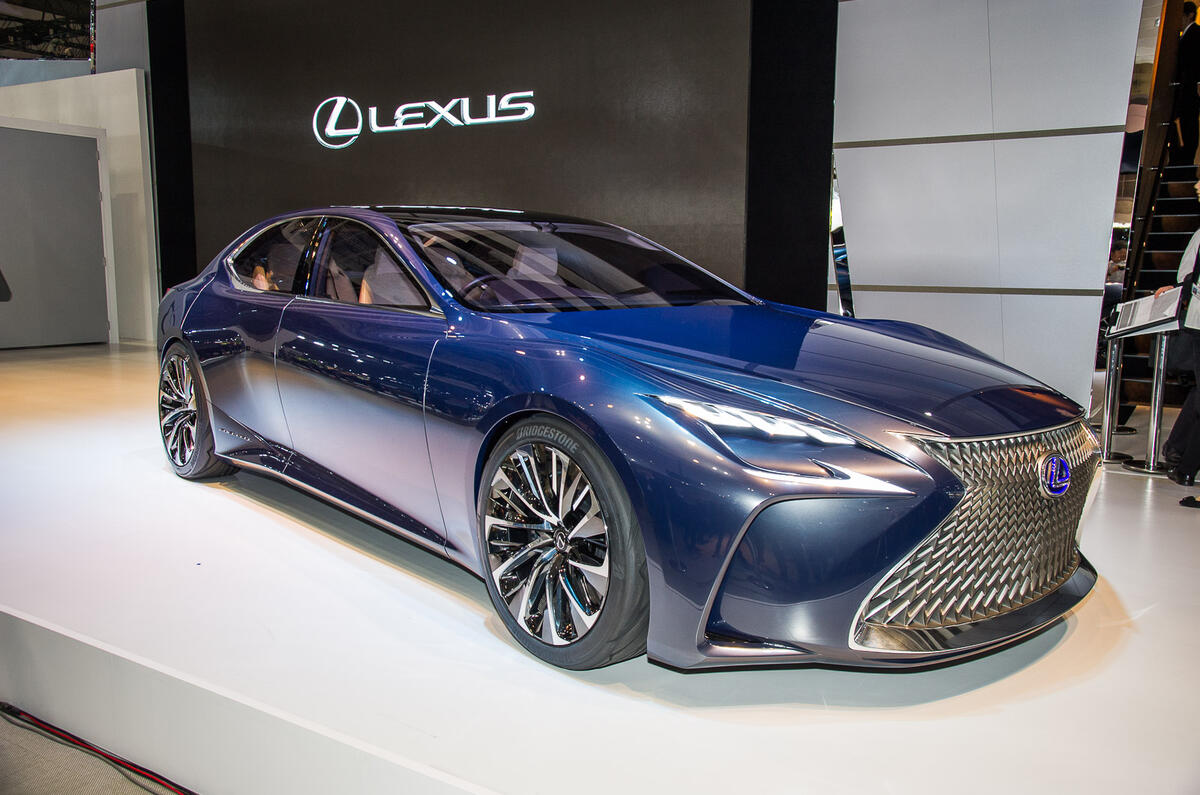
10:12 More from Honda president Takahiro Hachigo, who has pleaded for more patience on the company's struggling F1 engine programme. "We were late in confirming the requirements during the winter season," he said, "and because of this we didn't have the reliability and the output required for racing at the top. It is also true that our engineers have experienced some things that they've never experienced before. I'd ask you for more patience as we continue with the challenge."
10:06 John McIlroy has been speaking to Honda president Takahiro Hachigo about the firm's mooted electric sports car project. He said: "This car was developed by young engineers in our R&D department who were trying to see what fun cars they could come up with. I personally have driven it and I would like to see it mass produced. I hope the young engineers can, in the next phase, come up with a way of achieving that. There are some challenges in the way, but while I cannot say when we can launch a car like this, I want to see it happen as early as possible."
10:01 More from Matt Burt: "British consumers should be up in arms that they don’t get to buy production versions of vehicles such as the Alphard Hercule Concept, which is 5265mm of minivan magic. It is supposed to invoke a nautical theme, hence the front end that looks a bit like a boat’s prow and the vaguely oceanic livery. It also has a vast roll-top fabric roof and wooden decking to complete the look."
09:52 Matt Burt has been speaking to Toyota's Kazuo Suyama, and says: "Rarely have I spoken to someone who has been so animated about the concept car he’s produced as Kazuo Suyama, project leader behind the funky Toyota Kikai. More on that car later, but suffice to say that sadly there are no immediate production plans."
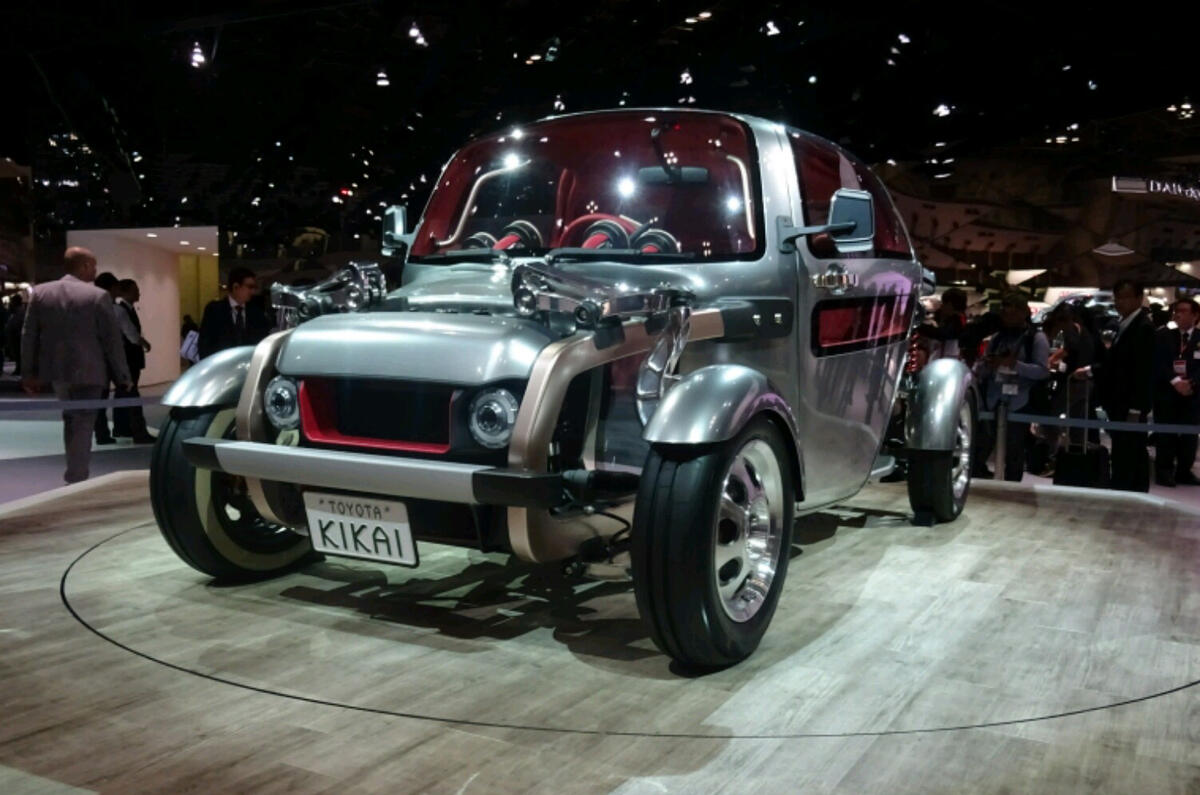
09:45 Mercedes-Benz has released a short video to accompany the launch of its Vision Tokyo concept car. Watch it below.
09:35 Among the more unusual concept cars at the Tokyo motor show is Toyota's FCV Plus concept. The radical concept features a hydrogen fuel cell powertrain, but is also capable of generating electricity for local communities when it's not being driven, effectively becoming a portable power station.
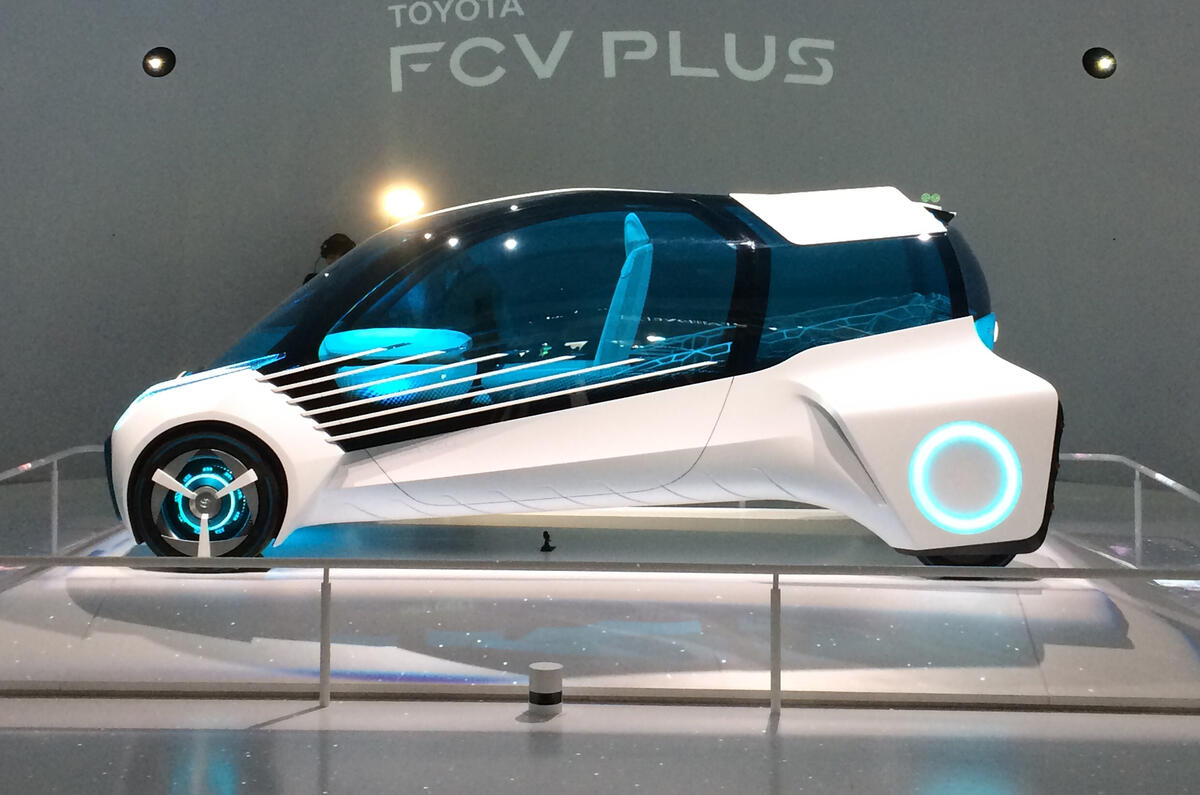
09:25 We've updated our massive show gallery with new pictures from the Tokyo motor show, take a look!
09:10 More on Volkswagen's news this morning. The costs of fixing the cars affected by its emissions scandal has caused the German manufacturer to declare a loss in the third quarter of this year - the firm's first loss in 15 years. Read more here.
09:03 John McIlroy has been people watching again. He says: "Headed over to the Toyota stand for a closer look at the S-FR, only to find Nissan bigwigs Trevor Mann and Philippe Klein having a close look at the C-HR concept, the rival to the Juke that's due next year. "It really is quite like the Juke, especially around the rear arches, isn't it?" said one of the assembled management."
08:54 Away from Tokyo, the rising costs of Volkswagen's emissions scandal has lead the company to report a loss in the third quarter of 2015. More here soon.
08:35 Spotting themes at a show as diverse as Tokyo isn't always easy, but for this year's it's certainly alternative power sources. Mercedes-Benz, Honda, Lexus and Toyota have all shown concepts powered by Hydrogen, while electric and hybrid powertrains dominate nearly everywhere else. Mazda is somewhat alone in bringing a conventionally-powered car to Tokyo, but even the RX-Vision features the return of the rotary engine.
08:25 Many of the concept cars in Tokyo conform to Japan's kei car principals - they're small and draw power from small-capacity petrol engines. While such constraints don't usually leave much room for a stylish design, Nissan's Teatro for Dayz seems to have pulled it off. The concept, which is described as a canvas for digital sharing, features a rather minimalist look.
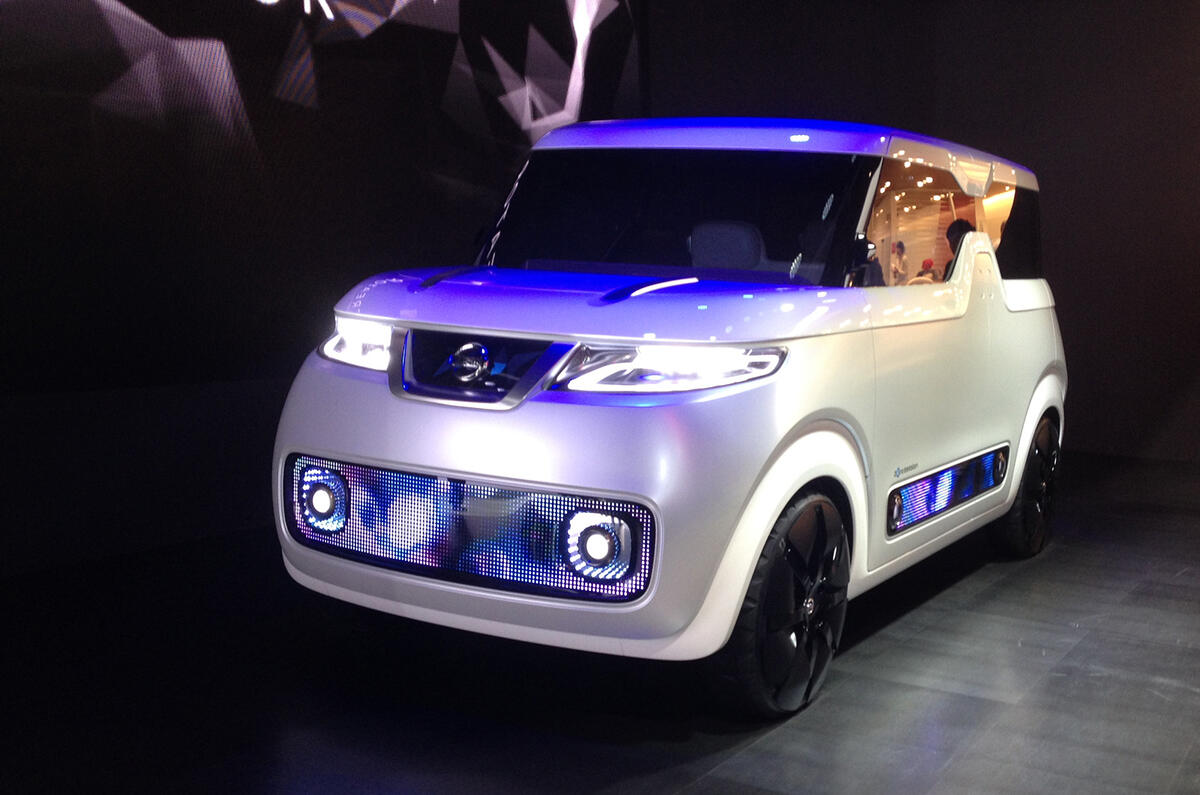
08:15 Honda's new hydrogen-powered car is called the FCV Clarity, and it's coming to the UK in 2017. It's been a long time coming, with the first prototype version being shown in 2013. In terms of competition it'll face off against Toyota's Mirai and the Hyundai ix35 Fuel Cell.
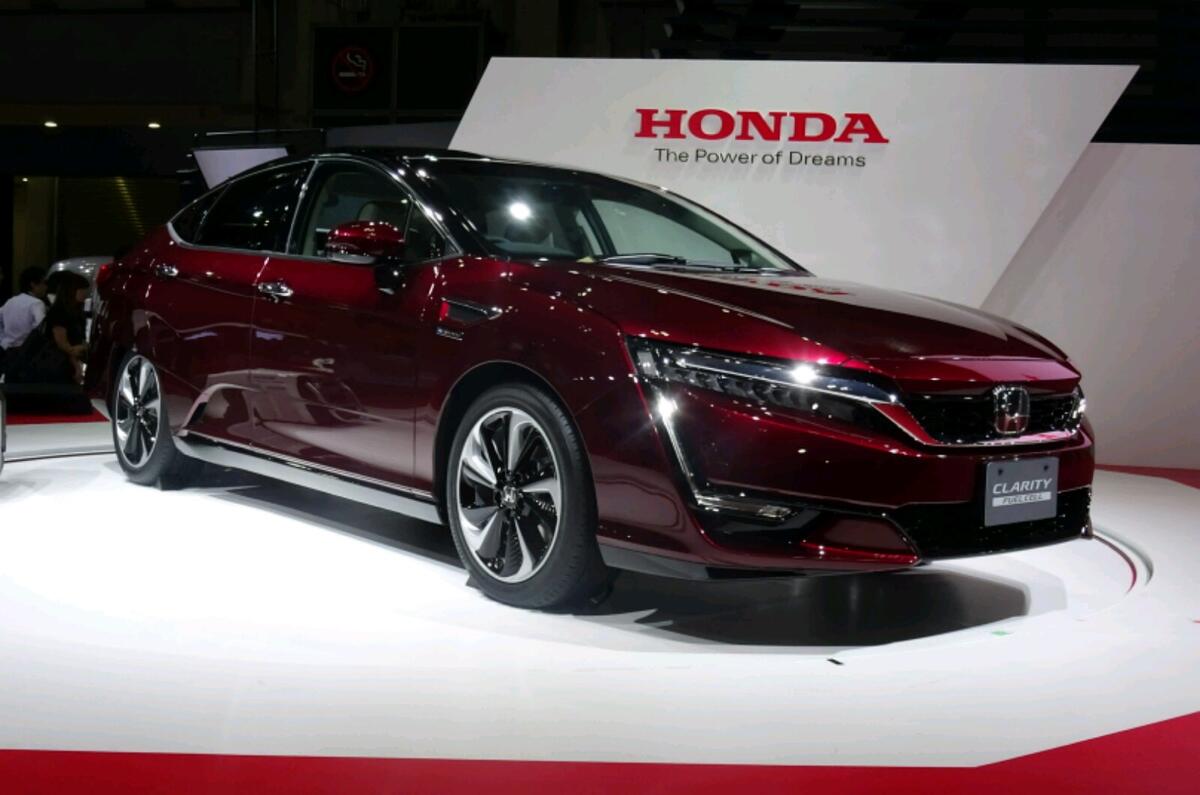
08:05 Another big overnight unveiling was Porsche's Macan GTS - it's due to go on sale early next year and gets 355bhp from its 3.0-litre V6 petrol engine.
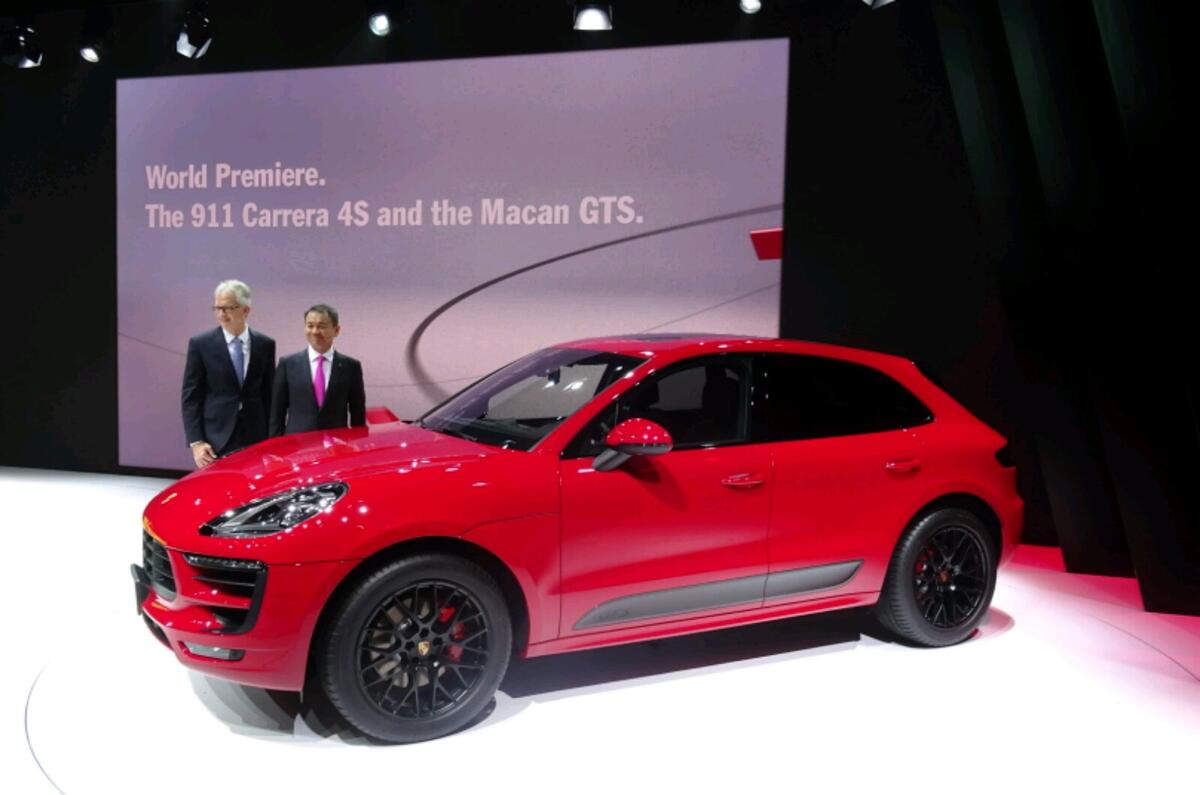
07:45 It would be wrong to dismiss Toyota's new Prius at the Tokyo motor show, says Matt Burt, because although the new hybrid's design is more evolution than revolution, it does sit on Toyota's new platform, which brings packaging benefits as well as allowing for a more spacious cabin. Read his blog here.
07:35 The Volkswagen press conference was always going to be an interesting one, with Tokyo being the first major event for the firm following its emissions scandal. As Mark Tisshaw writes, company bosses were quick to apologise to customers and set out plans for the future. Read his blog here.
07:25 Remember the Mercedes-Benz F015 Luxury In Motion concept from earlier this year? It's interesting to see how the styling from that car has been applied to the Vision Tokyo concept. Clearly, Mercedes is paying attention to how its future self-driving cars will look, even if the idea of a holographic interface inside is still a little far-fetched.
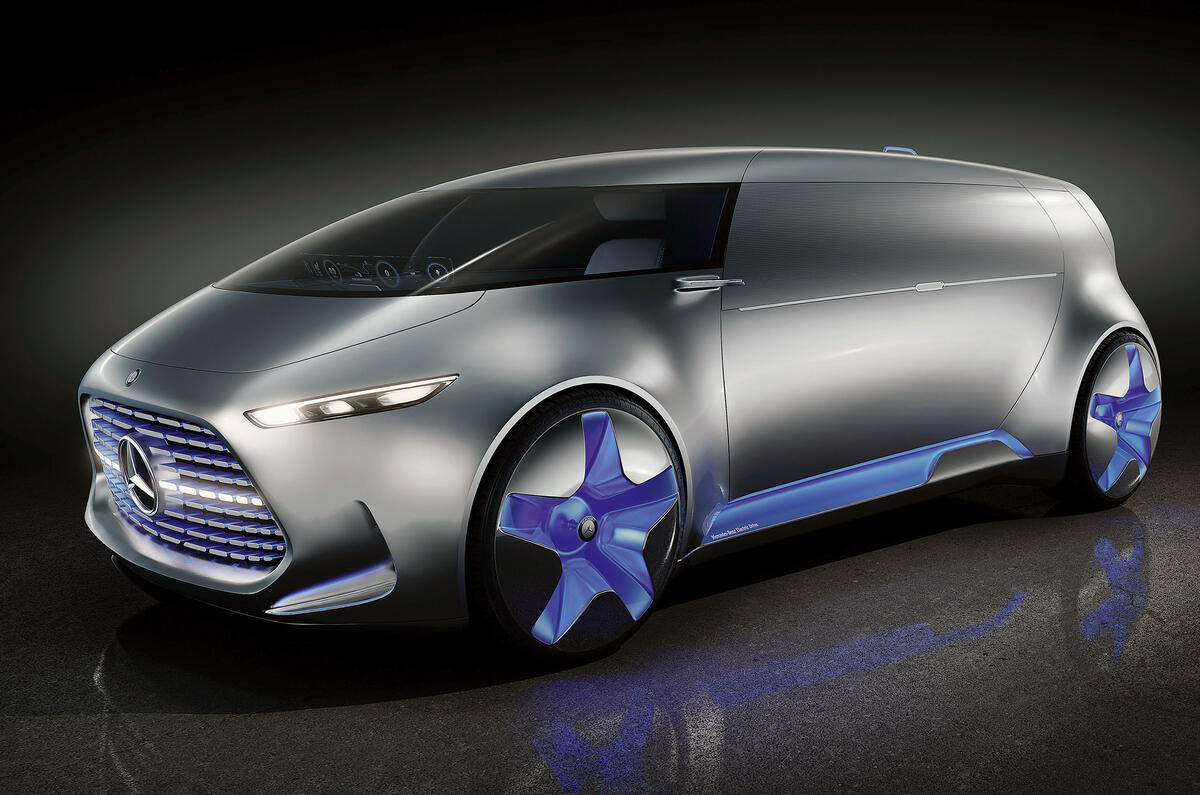
07:15 We've also got new pictures of the Suzuki Ignis on the company's Tokyo stand. This is the production version of the iM-4 concept shown earlier this year, and while it's already confirmed as coming to the UK, it's not known whether the Ignis badge will be used in this country.
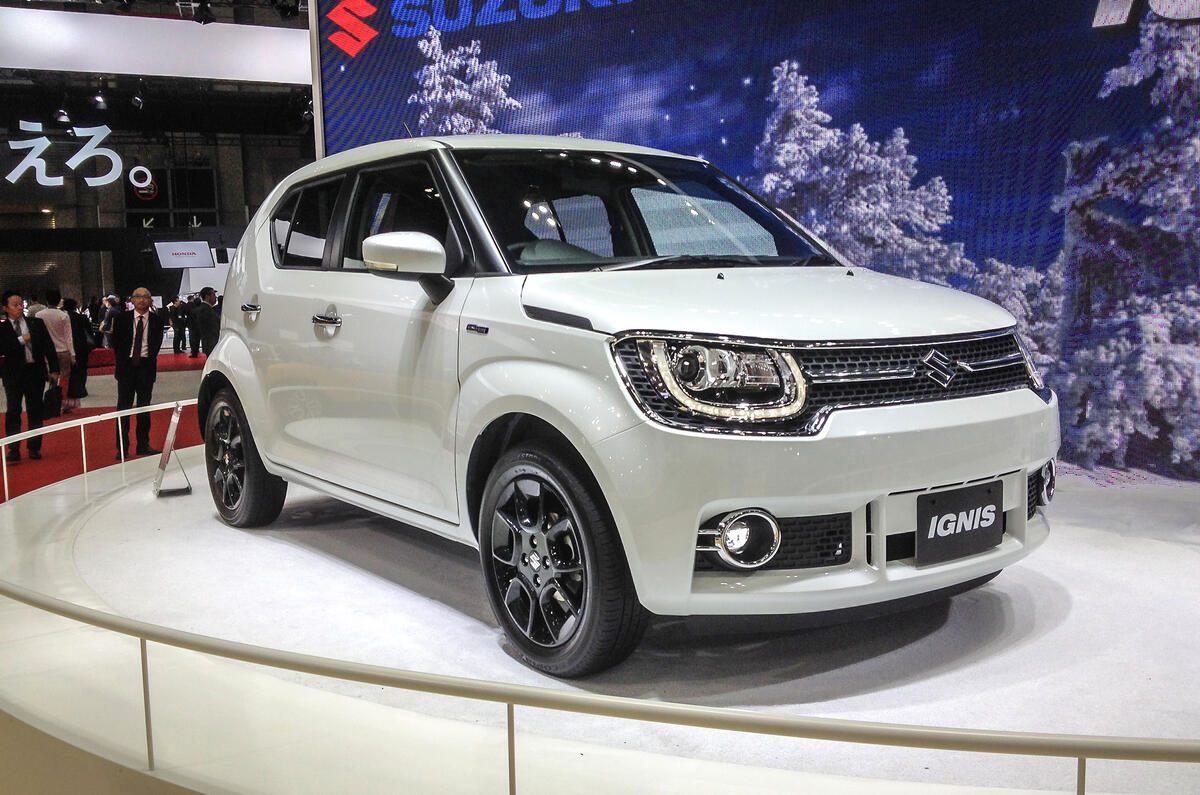
07:08 Lexus has released a short video to accompany its LF-FC concept car, watch it below.
07:05 And here's a reminder of what has undoubtedly been the biggest story of the night - Mazda's RX-Vision.
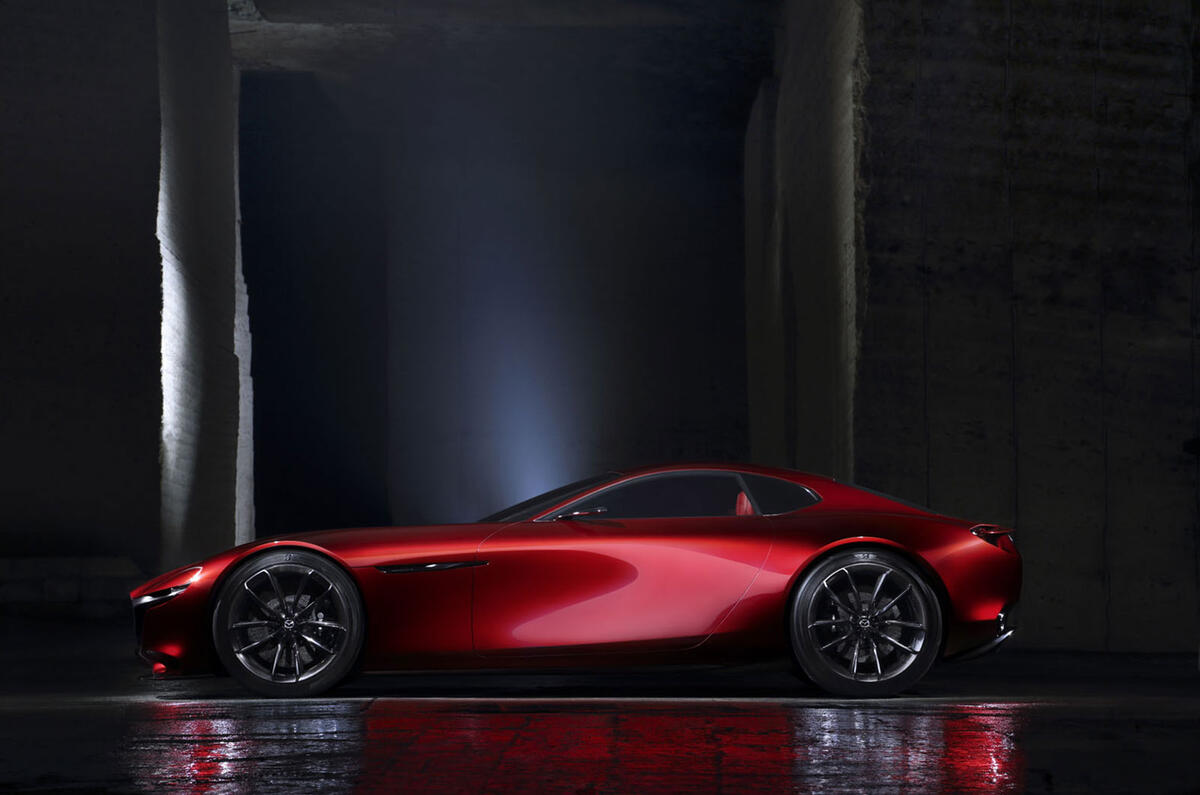
06:55 And if you're finding this page for the first time, here's a reminder of the top five news stories from the Tokyo motor show so far:
1 - Mazda's stunning RX-Vision concept previews the firm's return to rotary-engined sports cars
2 - Mercedes-Benz has given us a glimpse of its autonomous future with the Vision Tokyo concept
3 - Gordon Murray teams up with Yamaha to reveal a new sports car concept
4 - Lexus previews the upcoming LS saloon with its LF-FC concept
5 - Porsche's new Macan GTS makes it Tokyo show debut
06:45 Steve Cropley ahs left Yamaha and is now browsing kei cars on the Suzuki stand. Like Mark Tisshaw, he reckons a small, light car powered by a 660cc triple, with a turbo and intercooler would d the trick. "Every home should have one," he concludes.
Tisshaw's blog on kei cars can be read here.
06:35 Yamaha's sports car concept is dividing opinions in the office, but there's no denying the brilliance behind Gordon Murray's iStream manufacturing process. Murray told us he's currently working on seven vehicles based around the original iStream technology.
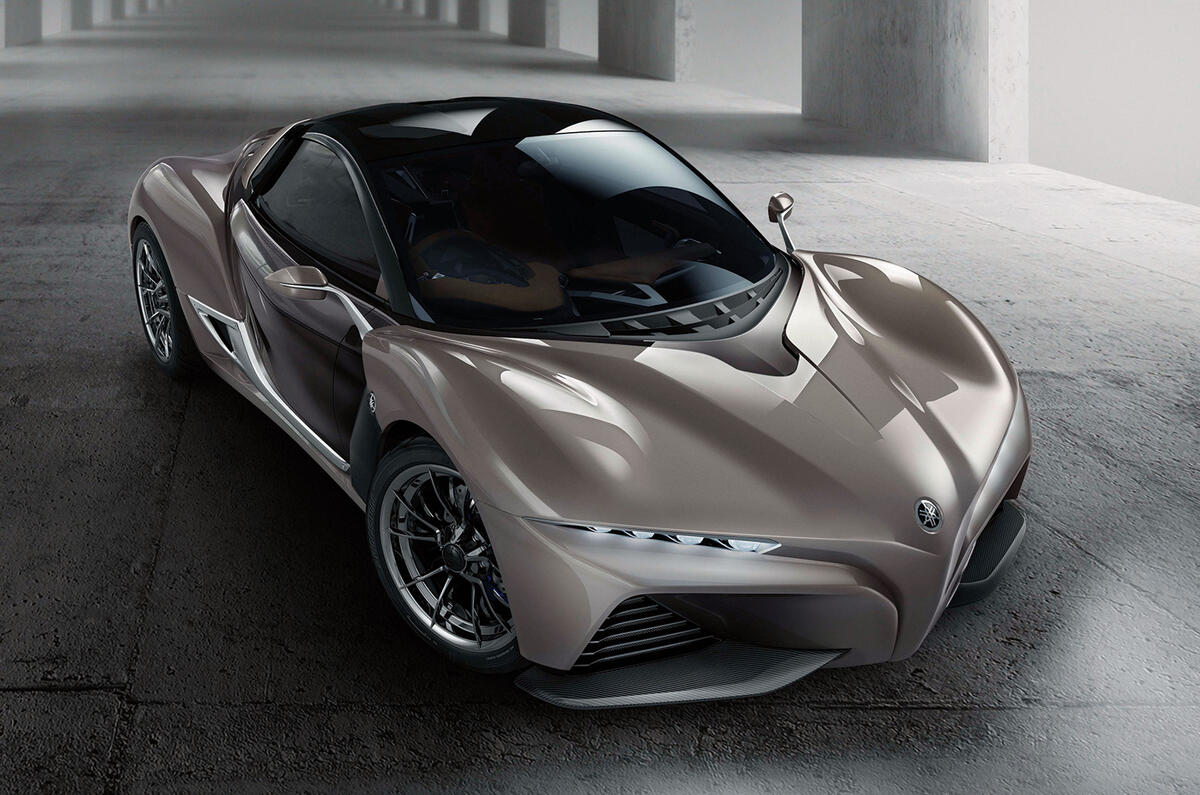
06:20 The Yamaha sports car concept has been revealed, and Steve Cropley is buzzing. "Even the interior is amazing," he reports. "There's natural tan leather inside and, while you can't see it, the door bottoms are translucent to give an impression of space. It looks amazingly roomy given its compact exterior size. There's lots of bike references, including mirrors from R1 superbike and bolted-on side finishing panels that are reminiscent of a T-Max super scooter. Murray should be proud."
05:36 While Steve Cropley is enjoying high excitement, Mark Tisshaw is at the other end of the emotional spectrum: "I'm still recovering from my trip to West Hall 4, home of the Smart Mobility City," he says. "It's home to a collection of transport concepts that all look like they'd be more at home in a sci-fi film than our roads. Everything from off-road wheelchairs to tilting city cars via a Honda Jazz with a giant talking pair of lips on the back can be found here. Yep, I've definitely seen it all now." You want to see a picture? We're happy to oblige...
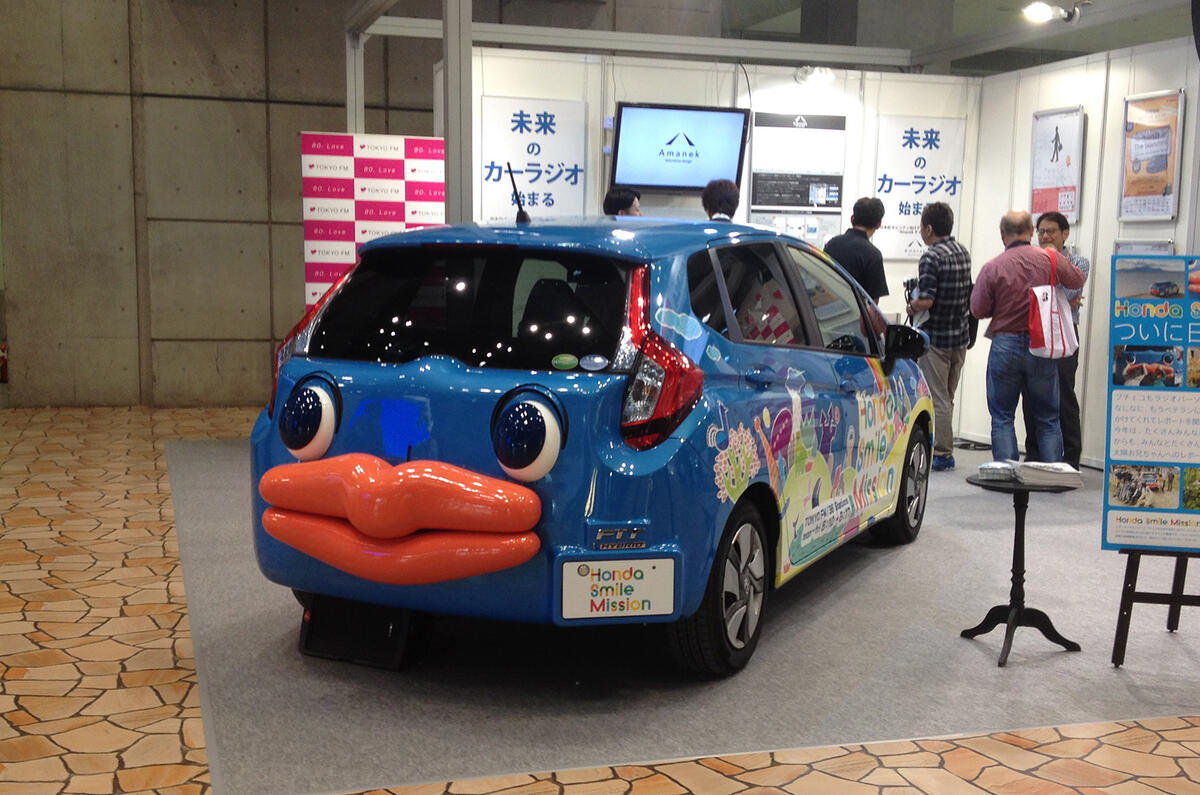
05:30 We're not sure we'd call the Lexus LF-FC concept a showstopper, especially when it sits in the same company as Mazda's RX-Vision, but it's undeniably a looker. The front is dominated by Lexus's signature grille design, and the combination of a long bonnet and low roofline gives the appearance of a sports saloon.
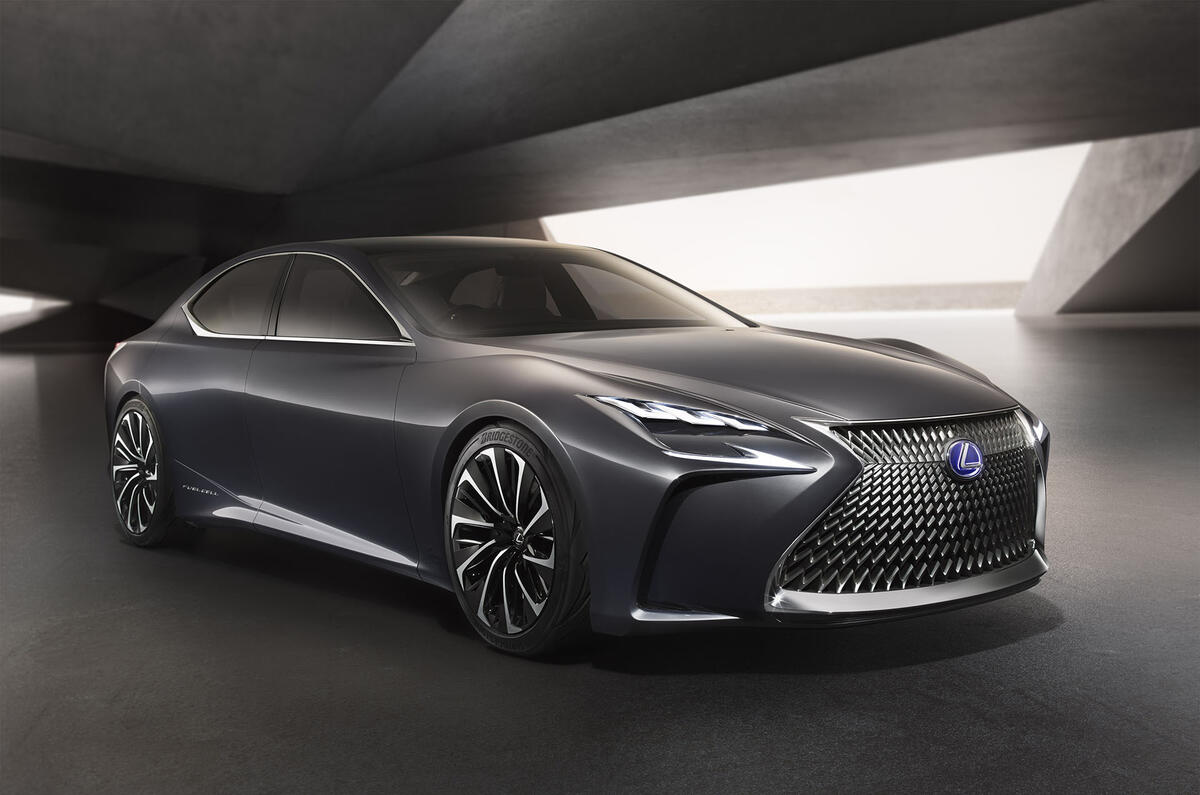
05:25 The trouble with having to secure an early seat is that it makes you impatient to see what's under the covers, as Cropley is now discovering from his vantage point in the front row of the Yamaha press conference. "Sitting here, waiting, I'm hungry for one of these Murray iStream designs to make no-more-talking type showroom production," he says. "I want to drive on the Hog's Back where iStream was born, feel the rigidity and appreciate the space inside and lack of bulk outside. Yamaha most obvious candidate to fulfil one of these designs. Let's go." Here's hoping we get to hear more news on that in just a few minutes.
As many of you will remember, Steve has previously driven the Murray T25 and Murray T27, while the Yamaha Motiv was revealed two years ago as a city car concept based around his iStream manufacturing process.
05:21 Time to urge you to fill the gap until the Yamaha launch with another look at the Lexus LF-LC. While hydrogen fuel cell technology may not grab your senses, it's clear that it is a major theme of the show, following the launch of the Toyota Mirai and Honda FCV Clarity. And, even if you're still not getting sweaty palmed, the LF-LC is worth a look for its styling, and in particular some of the interior detailing. Let's hope it all makes production.
05:15 Cropley is nothing if not wily. We all know what the show's final hurrah will be - the reveal of the Yamaha sports car concept. With no details beyond a shady teaser picture revealed thus far, interest is running high. He reports: "Half an hour to go until Yamaha lift-off. Only way to see it is to claim a chair near the stage and sit in it for 30 minutes. Car looks sleek and small but toy-like. Very Gordon Murray, I'd say."
05:05 Mazda R&D chief Kiyoshi Fujiwara was left scratching his head as to why the RX-9 name had been banded about as a potential for the future rotary sports car. "The RX-7 was always two seats or a two-plus-two. The RX-8 had four seats. RX-9 - a six-seater?! Therefore, you can imagine the future number..." he said, a reference to the two-seater make-up of the RX-Vision concept.
04:57 McIlroy again, who has been people watching: "You can tell this isn't a major European show, or even LA or Detroit. I've just spied JLR boss Ralph Speth wandering around with no aides or guards. He stopped at Nissan for a good look at the Gripz concept, then headed off towards VW and Porsche. Perhaps he's gone to check out the Macan GTS to see what F-Pace has to beat?"
04:51 As ever at the Tokyo motor show, there's a lot of chatter around kei cars. The best-selling kei car is the Honda N-Box, a car which we drove when it was launched several years ago. Enjoy our impressions here.
04:40 And here's the Lexus concept, dubbed LF-FC. It's clearly a next-generation luxury saloon, and includes a fuel cell powertrain.
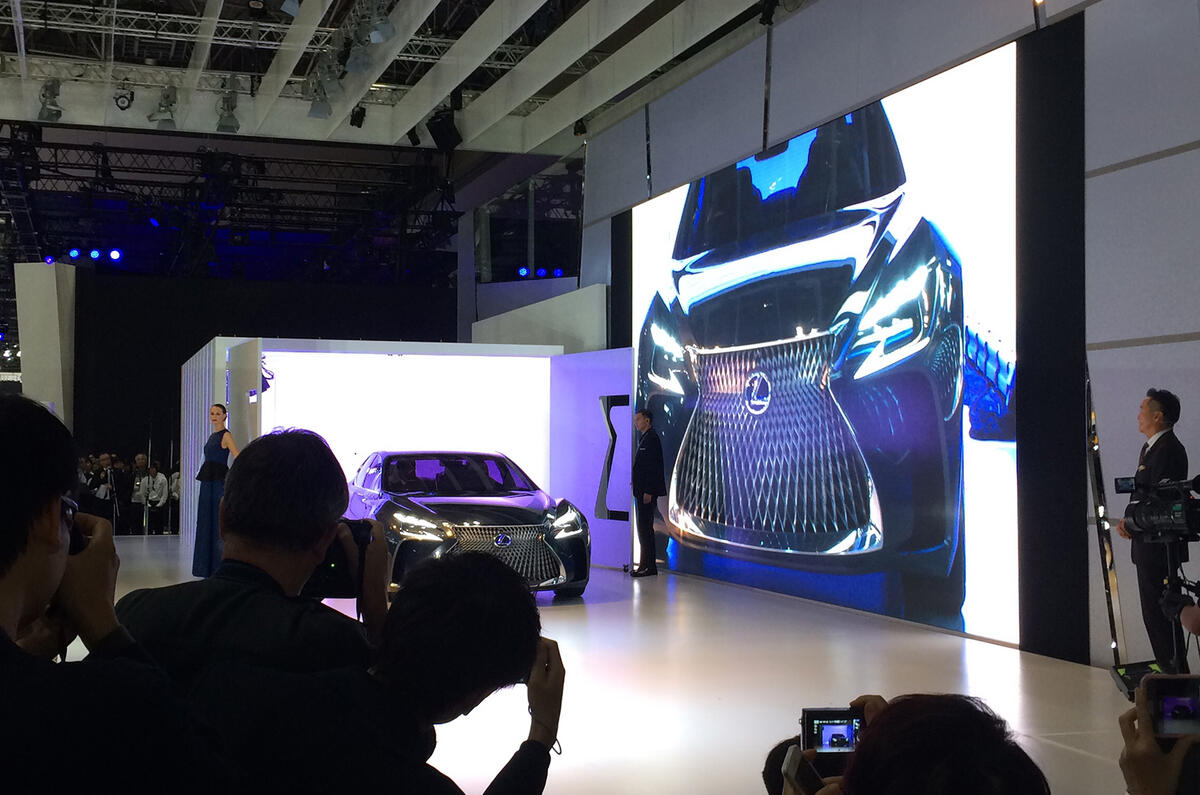
04:31 Remember the Frankfurt motor show's ludicrous but thrilling Honda 2&4 concept, which was inspired by motorbike design and looked a little like an Ariel Atom? Our man McIlroy has been sniffing around it in Tokyo, and uncovered a rather startling fact: "Turns out Project 2&4 is so much of a concept that the blue fluid in these pipes is, er, mouthwash," he reports. We're not asking how he found out...
0427: There's a big crowd gathered at the Lexus stand for the next unveiling of the Tokyo motor show. Rumours suggest the firm will reveal a concept pointing towards the next LS luxury saloon.
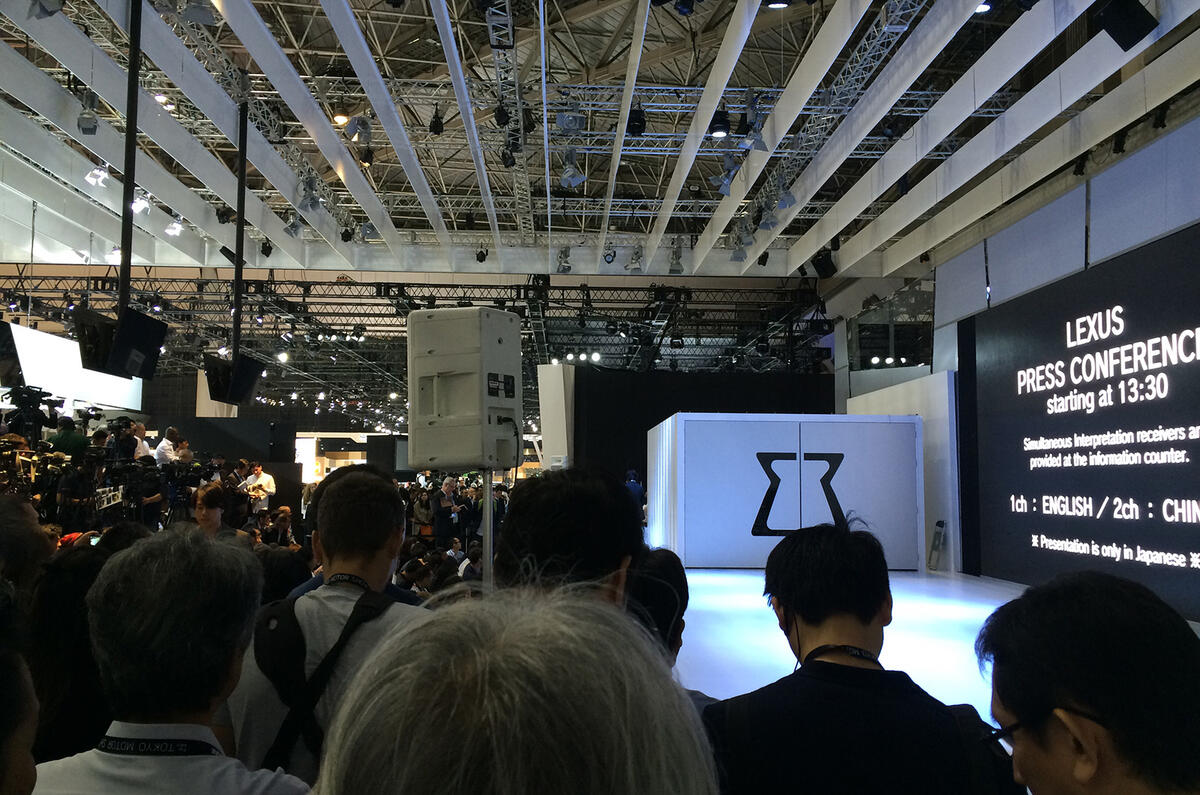
0420 We've got new pictures of Suzuki's Tokyo concept cars, the Mighty Deck and Air Triser. Both are small in terms of dimensions, but both show how clever packaging can still leave room for radical design in Japan's kei car market.
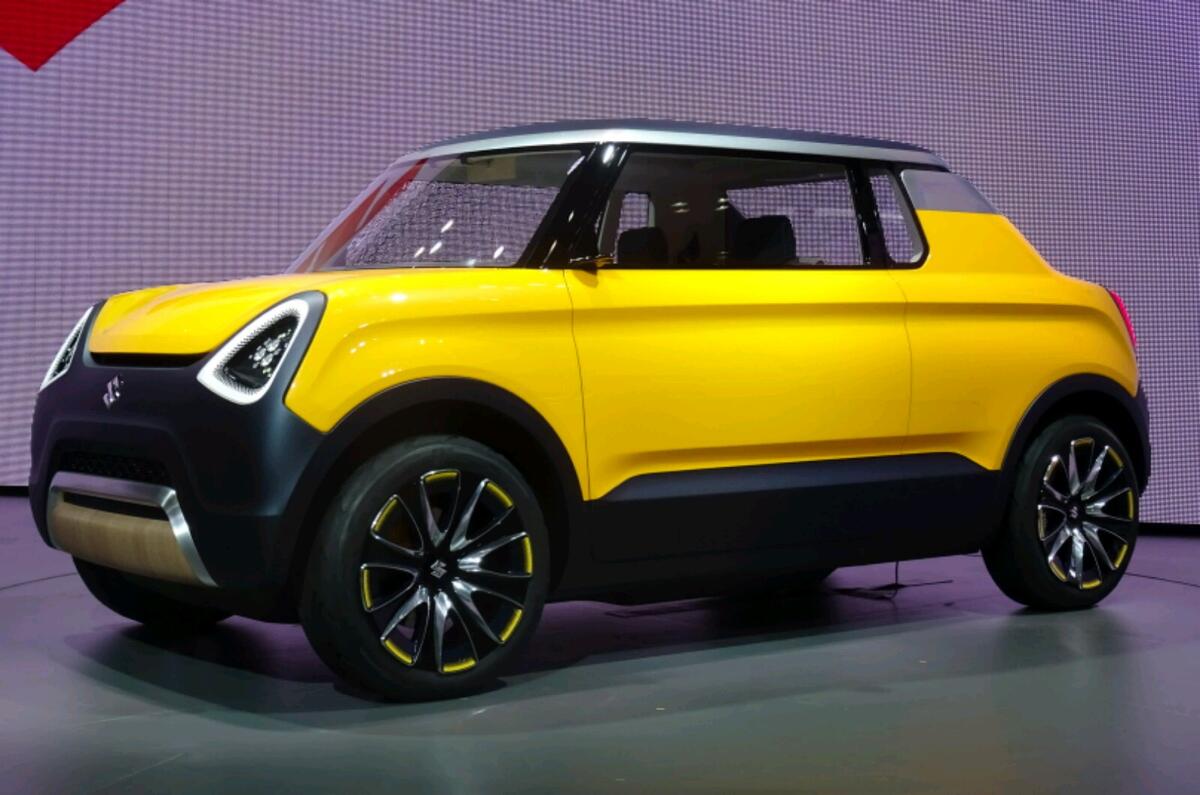
04:10 More from John McIlroy now, who's been speaking to Toyota about possible plans to bring a four-wheel drive version of the Prius to Europe. There's no firm plan, he says, as the firm feels it has that sector of the market covered with other hybrid models on the way. But never say never...
03:55 Speaking to Mark Tisshaw, Mazda design chief Ikuo Maeda has said a high-profile return to racing is something the company "would dearly like to do. Right now, we're in the process of considering Mazda's motorsport technology but no conclusion has been reached yet. I can say there is a very strong desire to get back to racing."
03:45 Editor Burt has been poking around the Subaru stand, and notes that the manufacturer is experimenting with upmarket interiors in the wake of customer feedback. The WRX S4 Sporvita is a 500-unit, Japan-only special edition with a brown leather interior finish produced in conjunction with Italian specialist Mario Levi. A similarly upholstered Legacy will follow. Such cars are intended to appeal to beyond the loyal 'Subaristas', said a spokesman: "We want to win new customers who measure our interiors against brands such as BMW, Audi and Alfa." We can't fault their ambition.
03:34 A healthy dose of reality from McIlroy, who has fallen in love with the Toyota SF-R sports car concept, but wonders whether its compact dimensions rule it out as a potential big-seller outside of its home market. We reckon his view could be controversial, so take a read of his blog on the subject and let us know your thoughts in the comments section below.
03:21 Perhaps noting McIlroy's slightly underwhelmed tone, Tisshaw has stepped in to remind us why the Macan GTS is such an important launch. "Don't underestimate the significance of the Porsche Macan GTS," he states. "A month ago at the Jaguar F-Pace's unveiling one of the key messages from Jag was how closely it had paid attention to how well the Macan drove in the F-Pace's development. Expect the Macan GTS to move things on again. A month is a long time in the industry..."
03:14 Let's take a moment to consider the Porsche Macan GTS that was unveiled earlier. Mcilroy reports: "It gets black styling add-ons and a twin turbo V6 to give it performance between that of the S and the Turbo. Sports seats, Porsche's latest communication system and PASM that can lower the car by 15mm are all present and it's what you'd expect, really. I'm not sure the black side 'blade' does the car many favours in its red paint scheme, though. Makes it look a teeny bit dumpy.

03:03 Will the next Nissan GT-R be electrified. Looks like it - although we can't really report facts based on facial expressions. Cropley reports: "Someone asked famously optimistic Nissan product development guru Keno Kato (who owns a Clio 182 and rides a Yamaha RD350LC) whether the next GT-R would be electrified. 'I cannot talk about future product," he said with a large grin, "but I hope you can read the expression in my eyes...'
02:53 One of Nissan's human stars of the Tokyo motor show is advanced planning chief, Richard Candler, currently engaged in deciding when full autonomous driving should be offered to customers. Other current job: to visualise shape of car industry in 100 years! If you've got any helpful pointers for him, just use the comments section below and we'll pass them on.
02:46 Some more thoughts on the Honda FCV fuel cell vehicle from the man whse first drive review of the car is here. Says McIlroy: "Honda isn't really going to steal the show with its FCV Clarity but it was impressive to drive and the costs continue to come down. The fuel cell stack in that car is 90% cheaper than the setup in the old FCX Clarity."
02:34 Here's a useless fact that we could all learn from. The average delay for trains arriving or leaving Tokyo's main station is 18secs. Little wonder the Tokyo motor show is running like clockwork.
02:26 Despite its lurid paint scheme, the Toyota S-FR has been rather shaded by Mazda's RX-Vision concept, but it has caught Matt Burt's eye. "It gets a thumbs-up from me for its great proportions and its 'angry Pokemon' mouth. Spokesmen won't be drawn on production potential, but positive reaction here in Tokyo won't harm its chances," he says. Fancy Toyota's take on the MX-5? Best write to your local dealer.
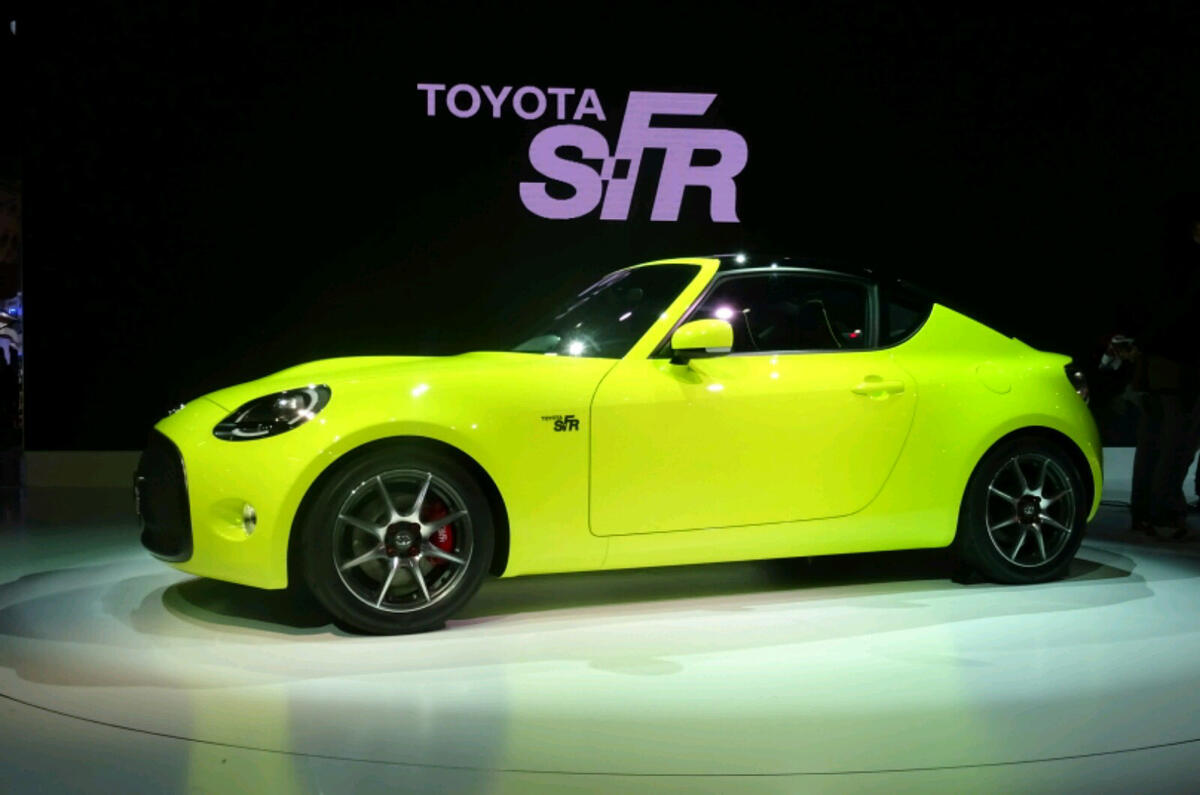
02:13 While there have been some massive stories already, the show currently has a feel of everyone taking stock. John McIlroy has worked out a way to sniff out (possibly literally) the biggest stories, by following body heat. He writes: "You can always tell who's having a quieter show by the temperature in their area of the halls. It's definitely cooler near BMW and Mini, although the press conference for nearby Mitsubishi may warm things up a bit soon..."
The Mitsubishi EX that is being unveiled is an all-electric concept for the Mitsubishi ASX. Head over to our story, as it looks rather good.
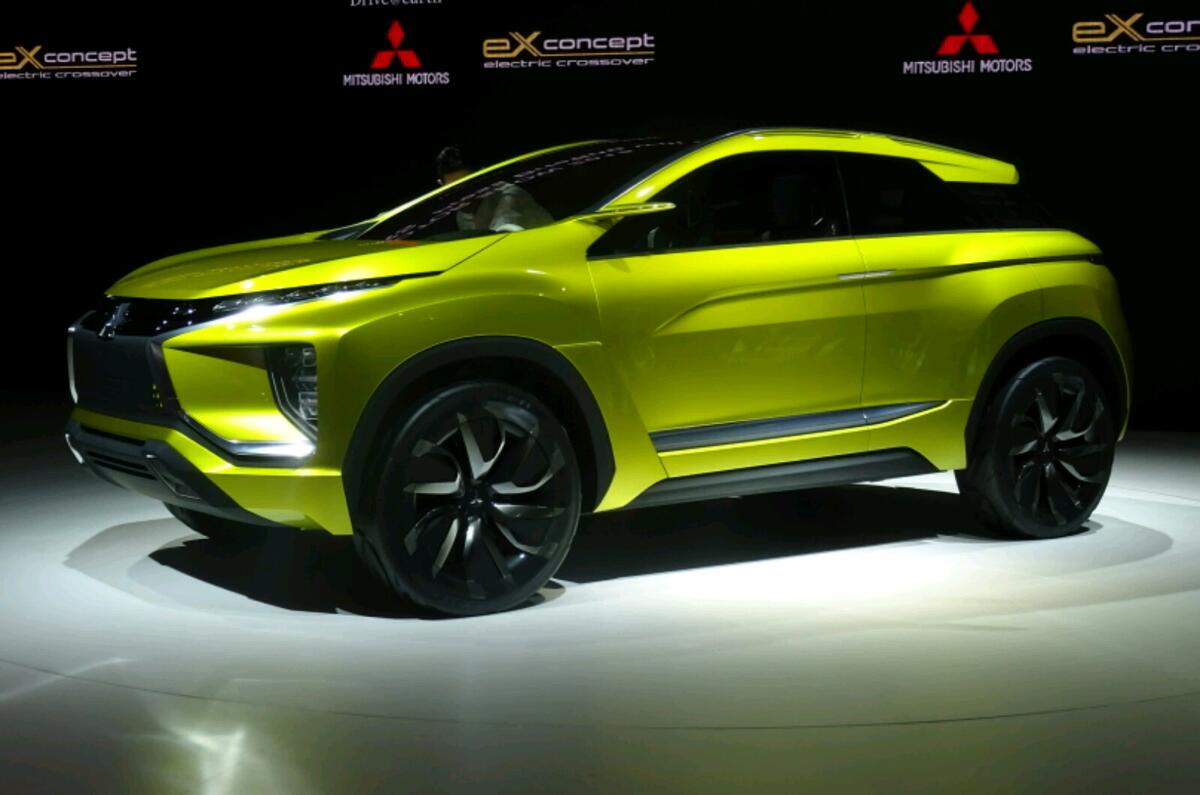
01:49 As the show settles in to its swing, and our intrepid team head in to interviews to get more insight and depth on what has been unveiled so far, let's reflect on yesterday's star story, our first drive of the 2016 Honda NSX. Our man's verdict is positive but guarded, not least because the car spent half the two-day test in limp home mode. The complex electronics clearly can deliver an amazing driving experience, however - some of the time.
01:40 Some great banter among the car making community here in Tokyo. It turns out that many of the designers got together last night in Tokyo . Nissan design chief Shiro Nakamura tells Steve Cropley that a big group of well-placed studio bosses gathered in Tokyo centre for a designers-only night, away from bosses and press. "We know one another," he says. "We're all friends."
01:27 Worth dwelling again on the Subaru Impreza concept. It's hugely significant for the firm, not just because it shows how the all-new 2017 car will look, but because it introduces a standardised platform strategy for the firm. Our team has already snapped it, but one of their number is heading back to take a closer look. Stand by for more.
01:15 As he leaves the Nissan IDS concept reveal, Cropley is still marvelling at just how international even the Tokyo motor show is. "Japanese pragmatism in action: local reporters of new Nissan Leaf concept have to take translation through an earpiece. We pampered English speakers get it in our own lingo," he notes.
Steve reckons the IDS concept to be "a wholly more handsome, more modern creation than the slightly oddball Nissan Leaf" that it is set to replace. Nissan boss Carlos Ghosn explained how the car will pioneer Nissan Intelligent Drive, switchable between Pilot and Manual modes. "Pilot does everything, seeing traffic and connecting to other connected cars. Manual gives you control but maintains the surveillance of the Pilot paraphernalia in the background, so you're safer," notes Steve. Ghosn reckons the tech will go on sale next year in a simplified form, with fully utonomous cars ready by 2020.
01:02 Steve Cropley has been watching the covers come off the Nissan IDS Concept. More on that in a moment, but for now he's spellbound by watching company boss Carlos Ghosn at work. "You can't knock eloquence and star quality of Carlos Ghosn," writes Steve. "There's accumulating evidence that he's tough to work for if you're ambitious, but he holds an audience and explains concepts with brevity and ease. And in his third language, too."
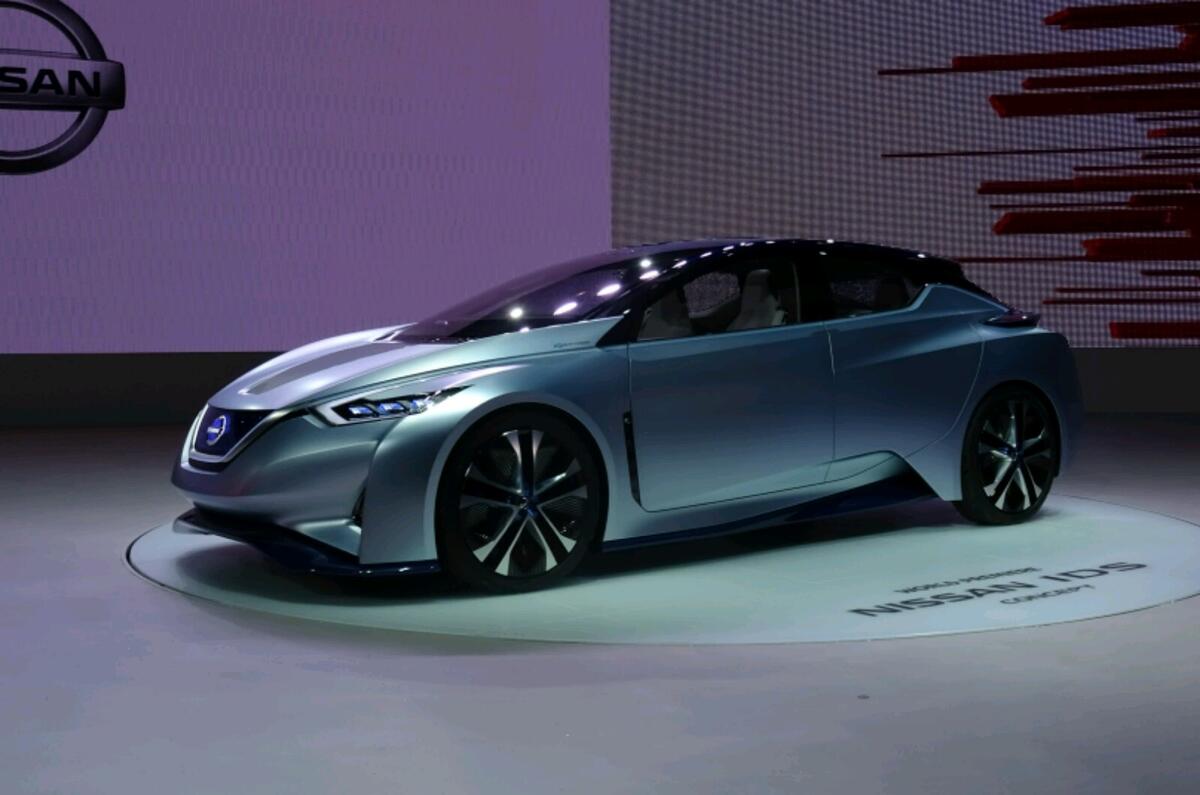
01:01 Final word from VW CEO Herbert Diess on the dieselgate saga was a pledge to "uncover and disclose" the full story on how and why the saga came about. Surely a movie in the making?
00:59 VW Japan boss Sven Stein's apology was immediately followed by one from VW CEO Herbert Diess. He spoke about the recently announced plan to step-up development in electric vehicles as part of a restructuring plan, the flagship for which will be an all-electric Phaeton. Every VW will also get a plug-in hybrid version, and a new modular MEB platform will underpin compact electric models across the group with an EV range of up to 500km.
00:51 Humility from VW Japan boss Sven Stein, who opened his speech at the VW press conference by apologising for the dieselgate saga. He admitted the company's reputation had been severely damaged in Japan, and it faced an uphill task to win customer trust back. No diesel models in Japan were affected as VW doesn't sell them here. It had planned to do so, however, a decision which Stein said was now on hold, and was under review.
00:40 Here's one to stir the soul: the next Subaru Impreza concept has just broken cover. We can't help dreaming of it in a deep blue livery with yellow 555 livery, a la Colin McRae and Richard Burns World rally Championship spec. Any hope, Subaru?
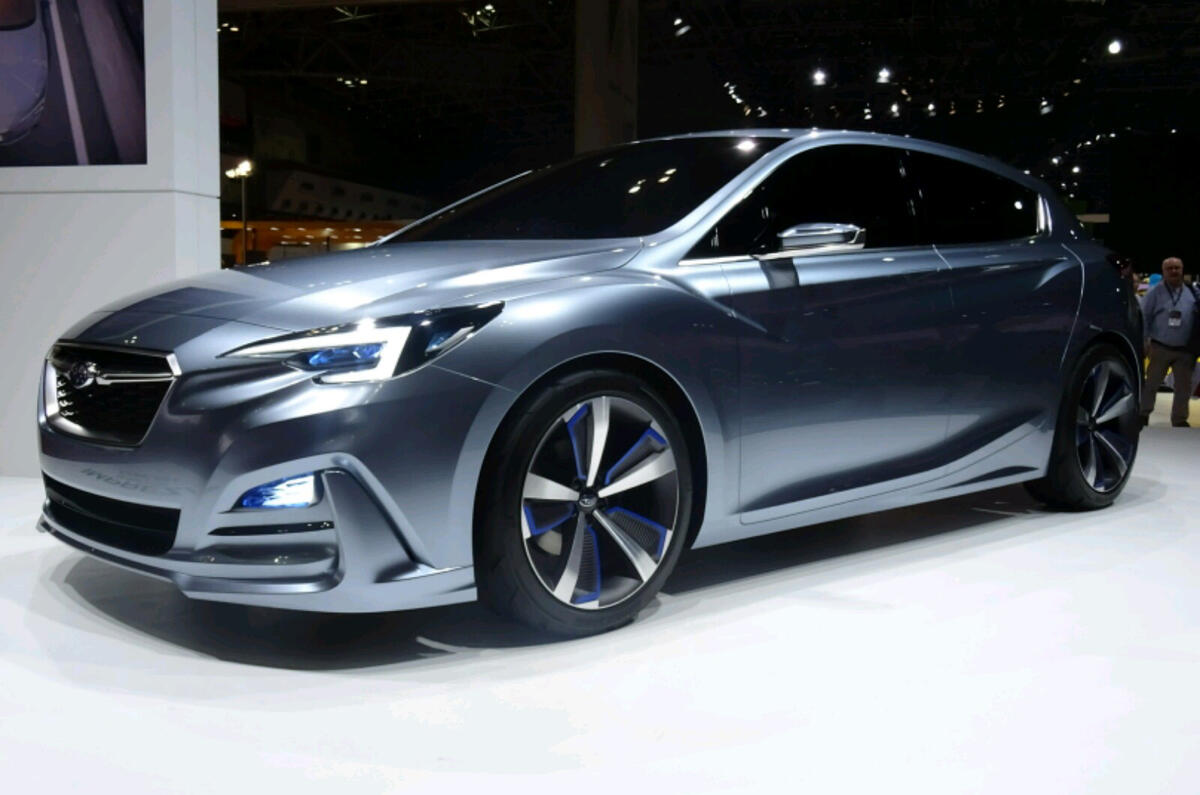
00:30 More from Tisshaw, who reports: "What a buzz on the Mazda stage still. The crowd is still 10-deep some half an hour after the covers came off the Mazda RX-Vision, as the world's media fights to get up close to it. The back door route I took to get up close to it during the press conference has since been closed, mind. I was 'politely manhandled' by the security guards soon after the conference and taken back from where I came.
00:26 Apologies for the radio silence, as we've just been adding a blog from Mark Tisshaw on the stunning Mazda RX-Vision concept. he's given his first reactions to seeing the car, and pondered some of the biggest questions, not least of which is when we'll see it in production form. 2017 feels too long to wait, but we may have to...
00:03 Don't relax just yet. Any minute now the covers will come off a concept car that is said to show how the second generation Nissan Leaf will look. Mark Tisshaw has already written a blog about the importance of the Leaf, saying that it's impact will eventually be viewed as far more significant than sales to date would suggest.
Wednesday 28th October 2015
23:57 So it hasn't quite broken the internet, but the Mazda RX-Vision concept has just broken Autocar's record for the most number of people reading a story at the same time. Who said sports cars aren't popular anymore? Surely this is proof that if you have an authentic claim to history, and can make cars that resonate, people will flock to you. Honda, take note...
23:49 Mark Tisshaw is certainly fleet on his feet. He's found an open door and got to the side of teh stage at the Mazda press conference. Cue the first decent shot we've seen of the Mazda RX-Vision concept, which you can see in the gallery above.
23:43 First bit of major Tokyo motor show news, as the Mazda sports car is revealed to be called Mazda RX-Vision.
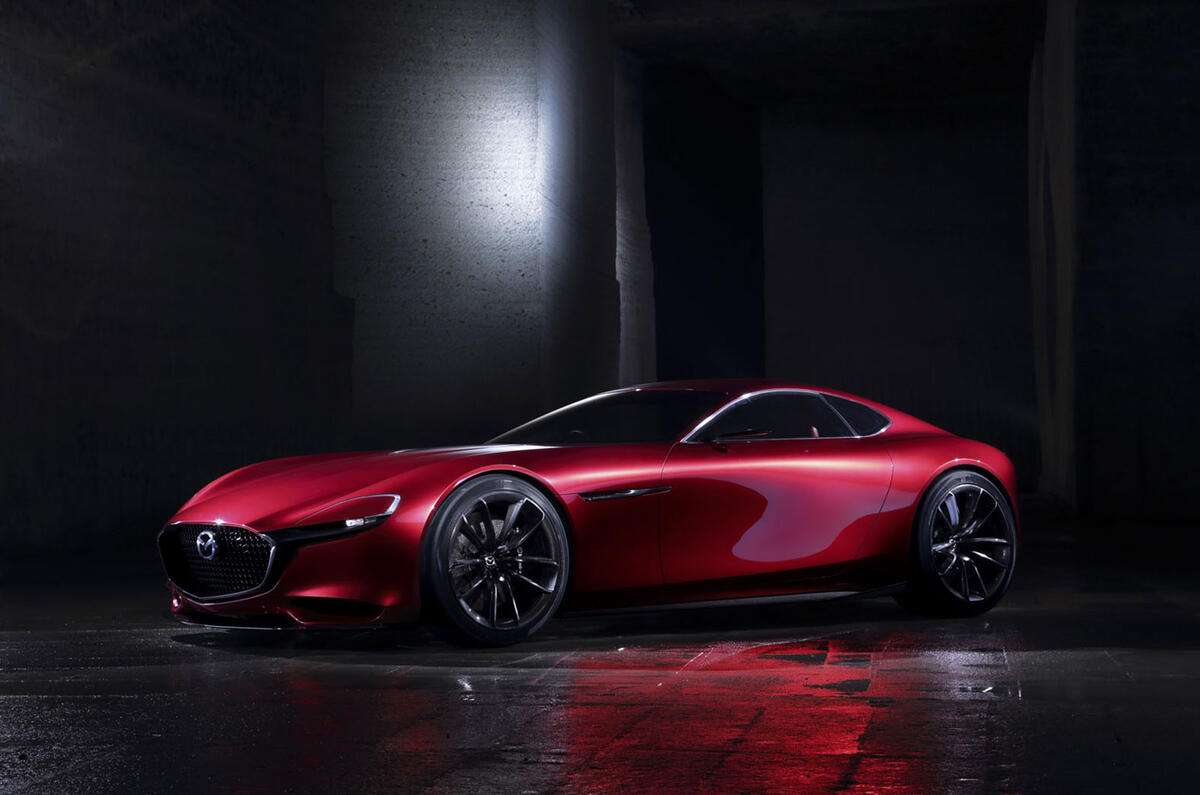
23:39 And while we're waiting, how about a browse through our picture gallery and timeline of Mazda's rotary-engined greats? See them all here.
23:36 And we're off. So much for ten minutes... Mazda president and CEO, Masamichi Kogai is on stage, standing beneath a huge slogan proudly proclaiming: 'Fulfilling dreams, enriching lives'. Let's see if the Mazda sports car can do just that. Not long to wait now, although the obligatory opening speech has to be negotiated first.
23:34 If you're reading this waiting for the Mazda reveal, we're told there's less than ten minutes to go before the press conference begins. Mark Tisshaw has joined John McIlroy at the event, and reports a curious atmosphere. "I've not been to many press conferences with more peopel at them, but I've never heard one so quiet either," he says. :It's an almost tense atmosphere on the Mazda stand, a nervous excitement bubbling under before the covers come off the new rotary sports car concept."
All our news on the Mazda can be found here.
23:32 It's standing room only over at Mazda, with John McIlroy reporting a minor scuffle has broken out among one contingent vying for the best view. Good job our man got there early...
Just time, then, to recap on the state of the Japanese domestic car sales this year. Overall, sales figures are down this year by just under 10%, but Toyota officials are still wearing quiet smiles having restored their company to its 'rightful' position as the global leader for the first nine months of 2015, a position they first attained in 2012. Toyota built 7.498m cars against VW Group's 7.43m, with Detroit-based GM refusing to retire from the competition on 7.2million. As usual, says Steve Cropley, Toyota bosses made no comment.
23:28 There’s not too much British interest at the Tokyo motor show, a show where the home players really do steal the limelight. Jaguar Land Rover has a small presence, as does Radical, the small British sports car maker which has an established sales network out here. Here's one for obscure fact fans - Radical also has a presence in India, China and Taiwan.
23: 24 You'll note that means John didn't write our Honda NSX review. As he explains in this blog, that's because he (and almost every other journo) only got two laps in the car on a handling circuit. Instead, we entrusted our review to a man who was lucky enough to spend two days in the car on road and track. Read the Honda NSX first drive review here.
23:19 Not long now before the show bursts into life, and digital editor John McIlroy has already got himself a front row slot at the Mazda press conference. Seems everyone wants to see this rotary-engined sports car first. John, of course, has already had a pretty busy time of it in Tokyo, tracking Honda. He's on the verge of breaking records for churning words, so we'll start off by highlighting a duo of first drives:
John's drive of Honda's new fuel cell vehicle is here - 2016 Honda FCV review
And his views on the 2017 Honda Civic 1.0 prototype can be found in this review.
23:14 Not everything has found favour with Steve, though. As he approached the show halls he noted: "Here in Tokyo, excitement is building for the Motor Show though there's a curious lack of Frankfurt or Paris-style signage as we've grown used to in Europe. Only big car banners are big, yellow depictions of an AMG GT - looks like a budget decision made by some marketing geek 5000 miles away in Germany..."
23:11 Steve Cropley has been having a busy time of it since landing in Tokyo, and one of his first tasks was to take a ride in an autonomous Nissan Leaf. He likened the experience to "being driven by a safe and accurate but slightly too cautious older relative." Read more on that here.
23:06 Another member of our team, Mark Tisshaw, is attached to Mazda for the duration - and what a gig he's got. He's already unearthed the name of the new rotary engine under development, and heard from some of the key figures in bringing back a new rotary-engined sports car. We're about half an hour away from its formal reveal - and many expect the 'show star' accolade to already be signed and sealed at the conclusion of this first press conference of the day.
22:58 Matt Burt, Autocar's editor, is with the team in Tokyo, and is closely following Toyota. You can read his interview with the designer of the new Toyota Prius in our blogs section. It's a thought-provoking insight into the demands of redesigning an icon.
Meanwhile, Matt reports that Toyota executive vice president Nobuyori Kodaira is clearly a 1980s movie buff, for he referenced Back to the Future in his opening speech at the Japanese firm’s pre-show event. Kodaira said: “Just as Back to the Future dreamed up a future 30 years down the track, we are going to pass on to you our vision for the next 30 years.” To celebrate 21 October 2015 - the date in which Marty McFly travels in the second instalment of the film franchise - Toyota recently brought together actors Michael J Fox and Christopher Lloyd in the new Toyota Mirai fuel cell vehicle. If you like the film, these adverts are the right side of sentimental and well worth a Google.
22:55 Away from the headline reveals, surely the most intrigue on the press conference schedule comes at 9.30am Japan time (00:30 UK time), when a certain Volkswagen will address the world’s automotive media. The emissions scandal broke just after the Frankfurt motor show, so Tokyo will represent the first opportunity to grill some executives first hand. If any of them turn up…
22: 51 Traditonally, the Tokyo motor show is a stomping ground for radical concept cars and new designs, and already we've seen what the likes of Toyota, Nissan and Suzuki will be bringing for their home show. As usual, big-hitting manufacturers such as Audi, BMW, Jaguar Land Rover, Mercedes-Benz and Volkswagen will also be in attendance, this being the first major public event for Volkswagen since its emissions scandal erupted in September.
Tokyo motor show 2015 - the key cars
Daihatsu D-Base - Ostensibly a concept, the D-Base previews one of Daihatsu's next generation of kei cars: the new Mirai.
Honda FCV - A production-ready successor to the FCX arrives in Japan next year, and it's already confirmed for the UK market.
Lexus LS - The next generation of Lexus's luxury saloon could be launched in Tokyo to celebrate 25 years of sales, and could come with a V8 hybrid powertrain.
Mazda rotary concept - So far, Mazda has only confirmed it will showcase a new sports car concept in Tokyo, but Autocar understands the car could be a rotary-engined successor to the RX-8.
Mitsubishi eX - Officially described as showcasing Mitsubishi's EV technology, the eX concept could preview a future all-electric version of the ASX.
Mitsubishi Emirai - Mitsubishi's radical Emirai 3 xDas concept previews the firm's plans for autonomous vehicle technology.
Mini Cabriolet - The open-top version of the new Mini makes its public debut at the Tokyo show before going on sale in 2016.
Nissan Teatro for Dayz - Nissan's latest concept is designed to be a 'clean canvas' for digital sharing, and features a customisable digital interior.
Nissan concept - Nissan is also showing off an autonomous concept car, which is rumoured to preview the next generation of the Leaf electric hatchback.
Subaru Viziv Future Concept - This fourth outing for Subaru's Viziv concept shows how autonomous tech could be applied to the firm's road cars.
Subaru Impreza - The new Impreza is due to arrive next year, and ushers in a new standardised platform for Subaru - while also taking on a more conventional hatchback shape.
Suzuki Ignis - Production version of Suzuki's iM-4 concept will go on sale in the UK, but might not take the Ignis name in this country.
Suzuki Mighty Deck - Described as a 'fun-oriented minicar', the Mighty Deck features a retractable soft-top roof and open rear deck.
Suzuki Air Triser - Suzuki says the Air Triser embodies "the concept of a private lounge" and offers three rows of seating in a compact MPV body.
Toyota Kikai - Back to basics concept is designed to show the beauty of machinery, hence why most of its internal parts are on display.
Toyota FCV Plus - Next-generation hydrogen car concept can be used to power local communities, and even generate electricity from external hydrogen supplies.
Toyota S-FR - S-FR concept previews a new entry-level sports car from Toyota which would sit underneath the current GT86.
Yamaha 4Wheeler - small sports car concept is said to have input from ace designer Gordon Murray - and use his innovative iStream production process.
Get the latest car news, reviews and galleries from Autocar direct to your inbox every week. Enter your email address below:

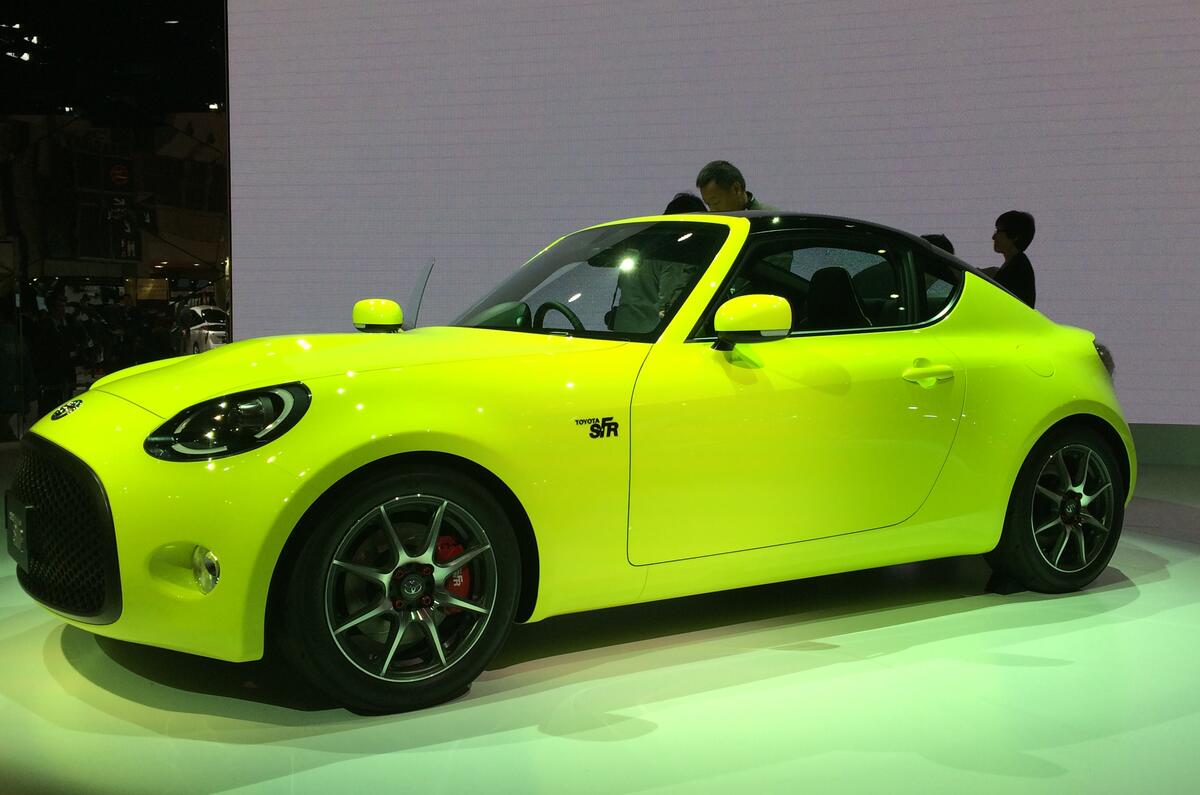
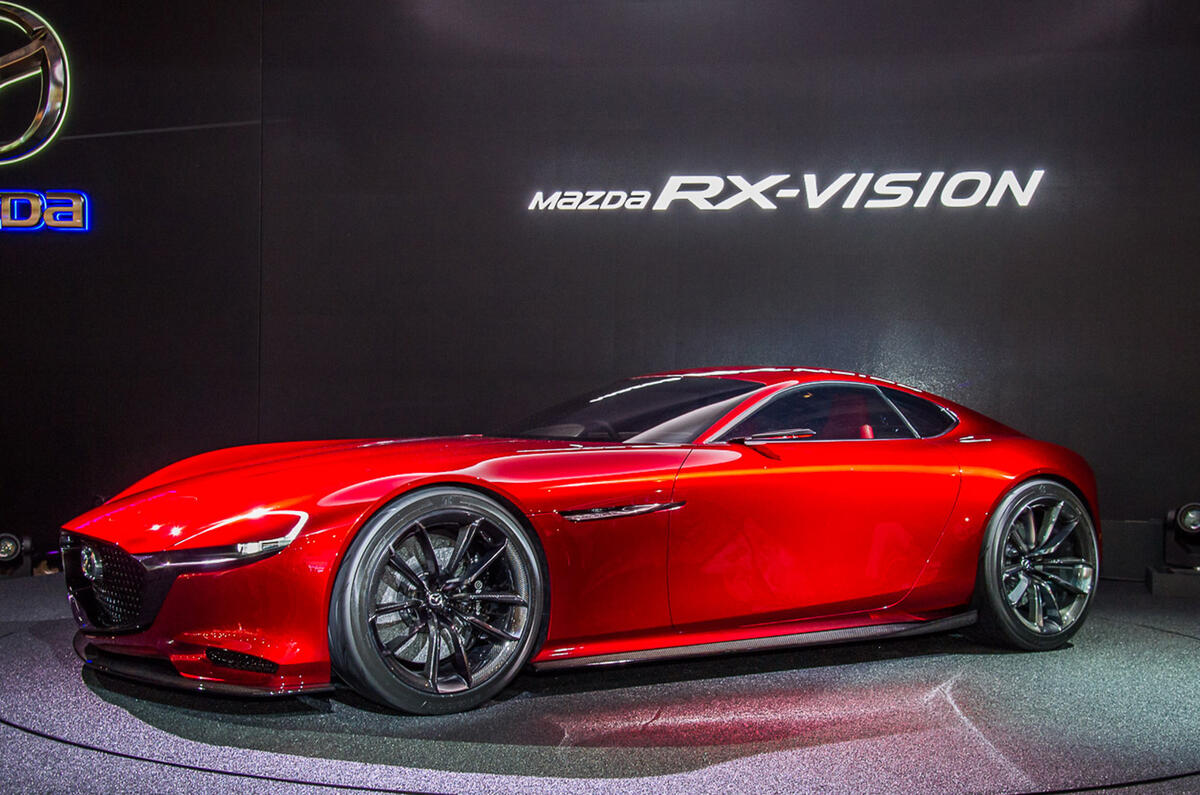
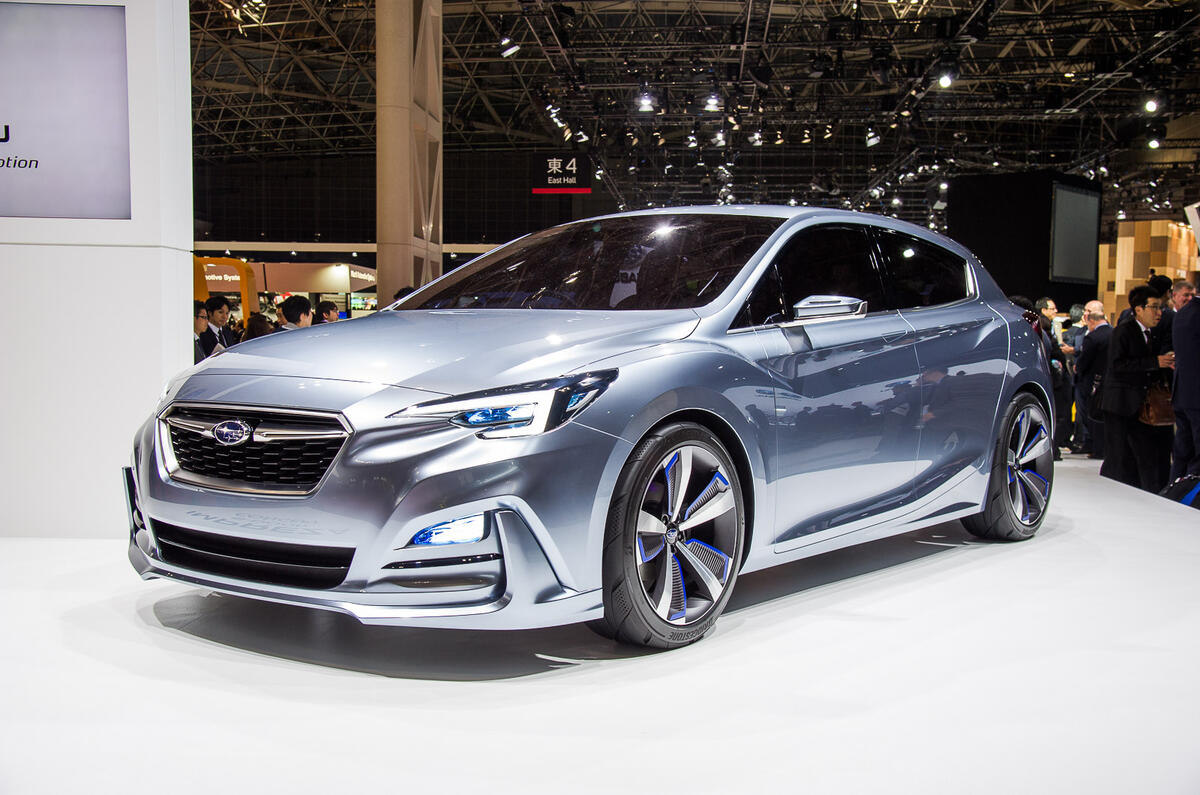
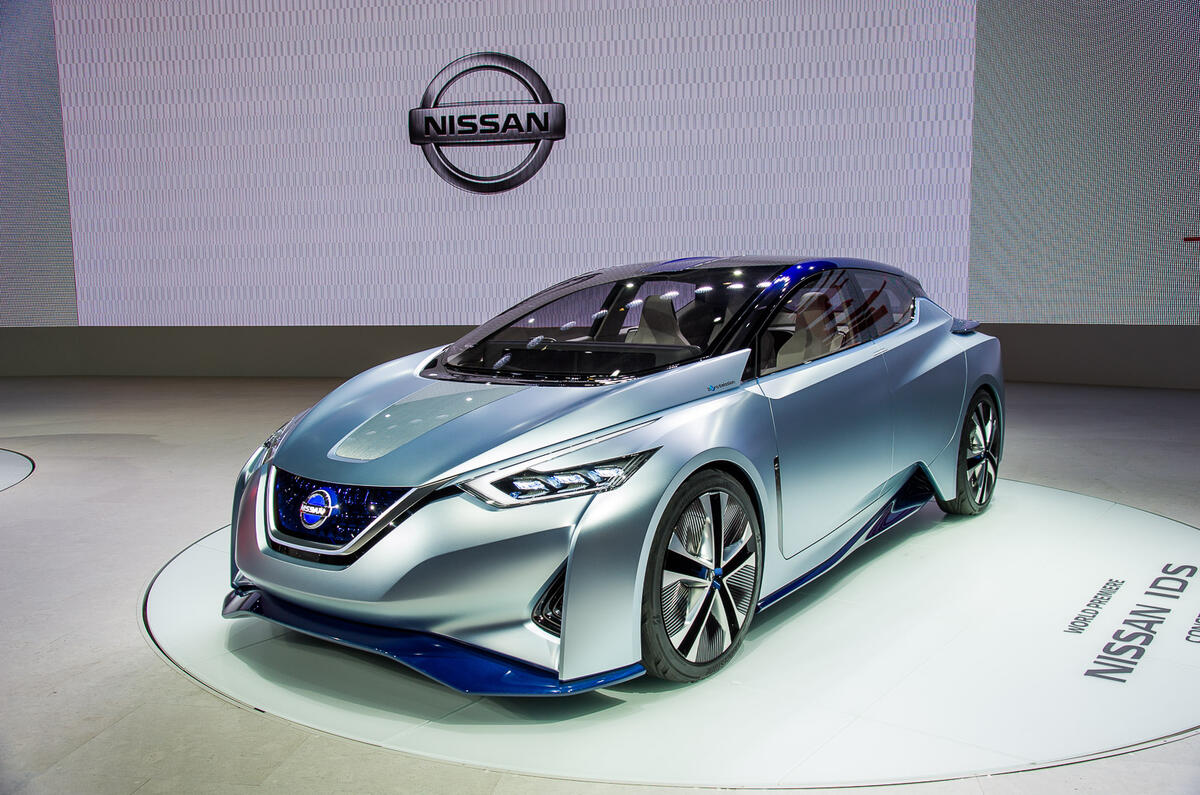
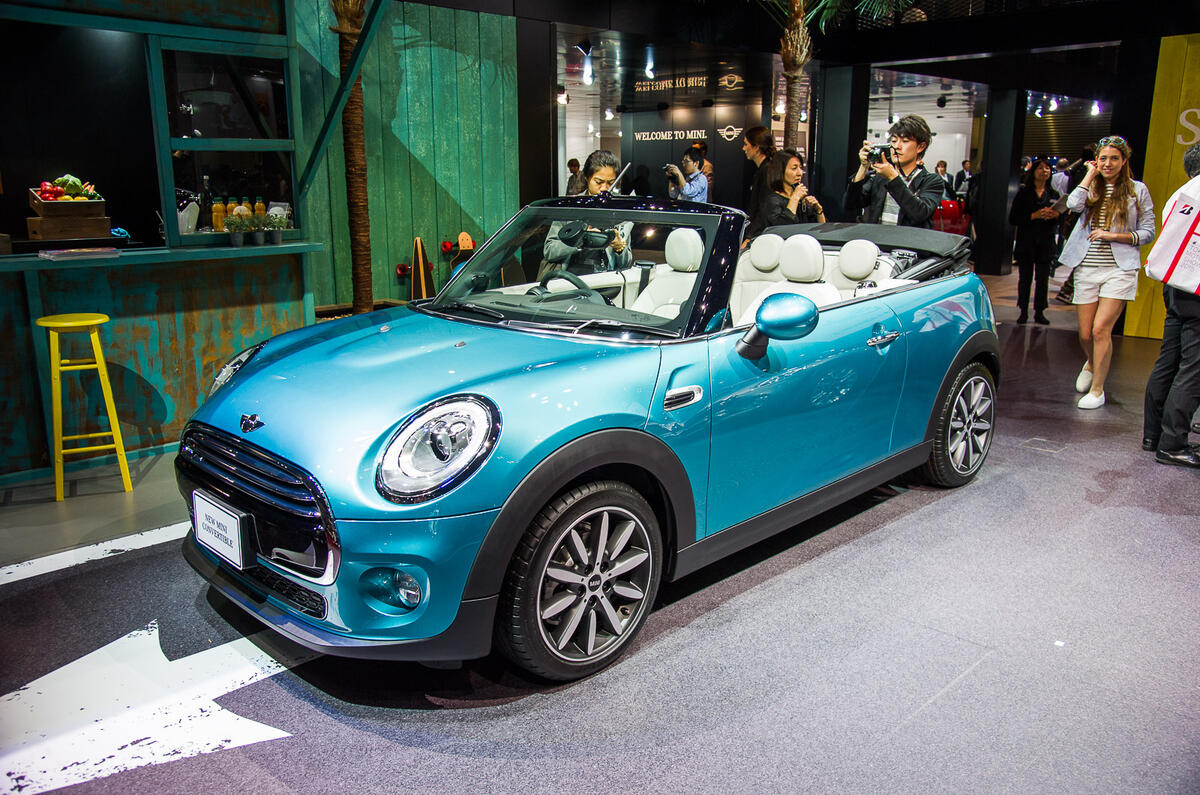
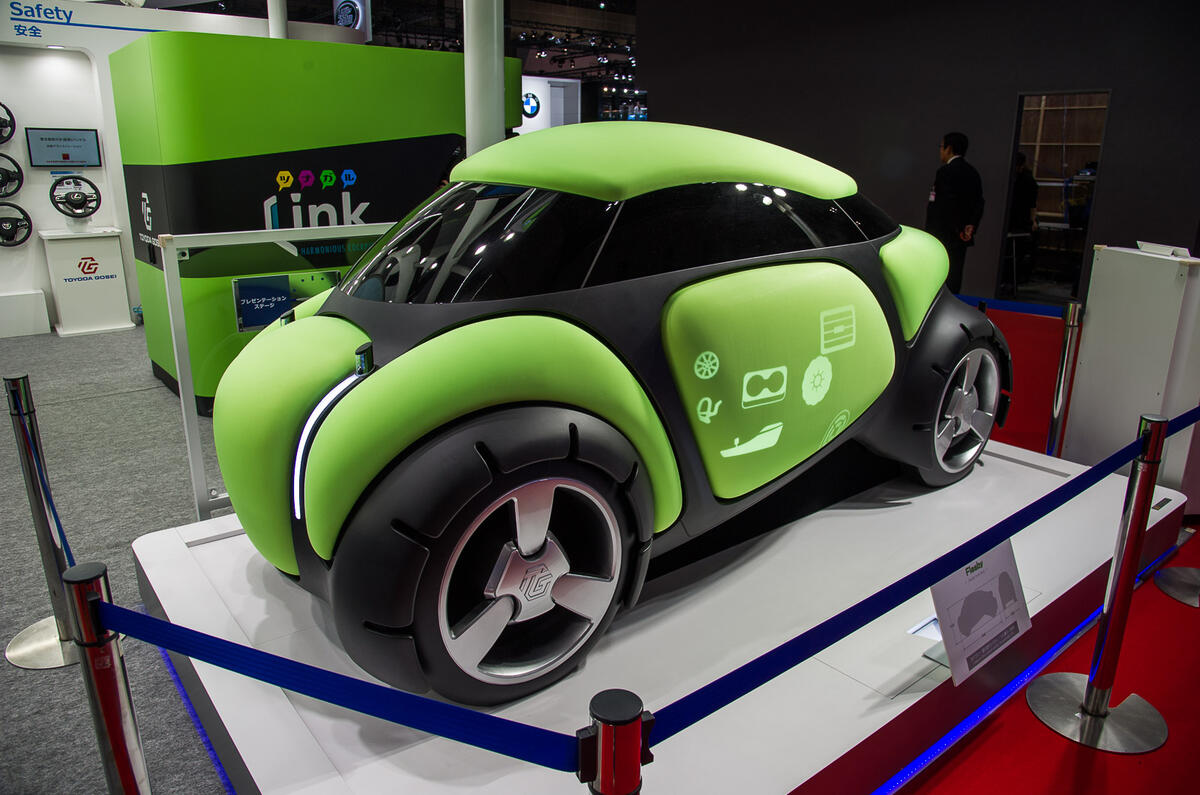
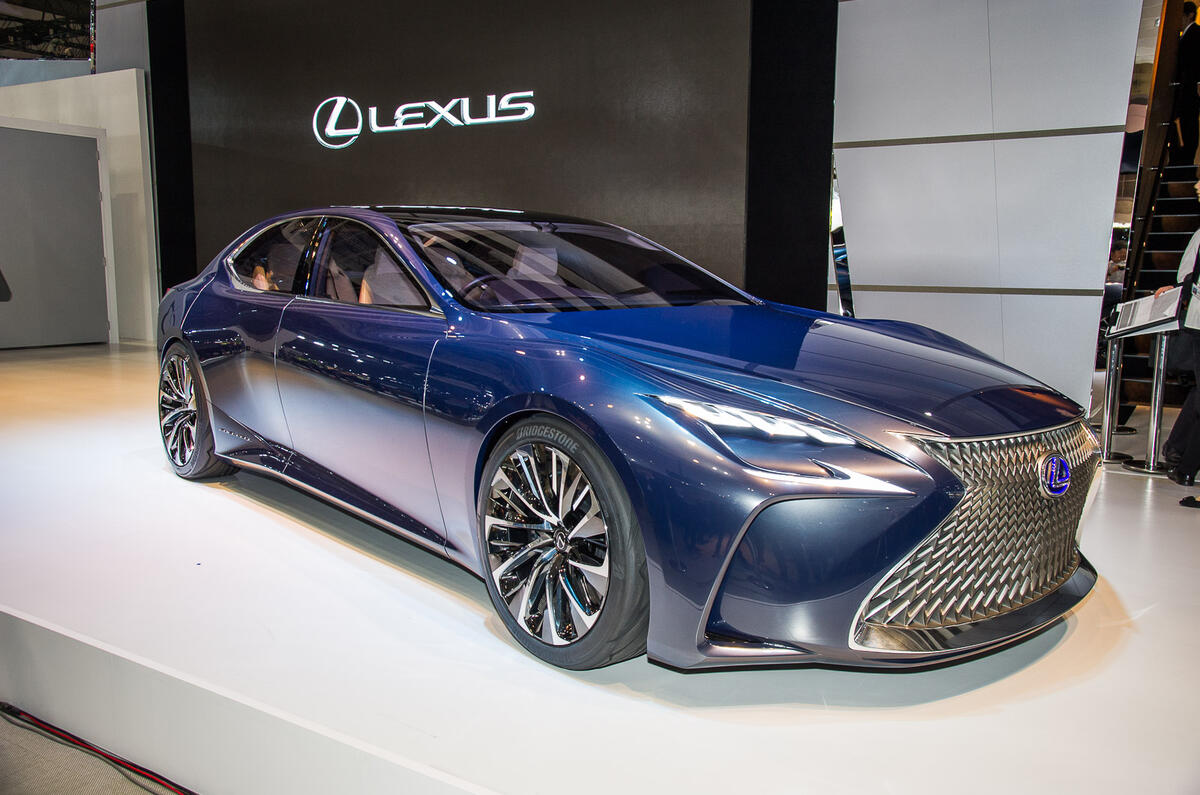

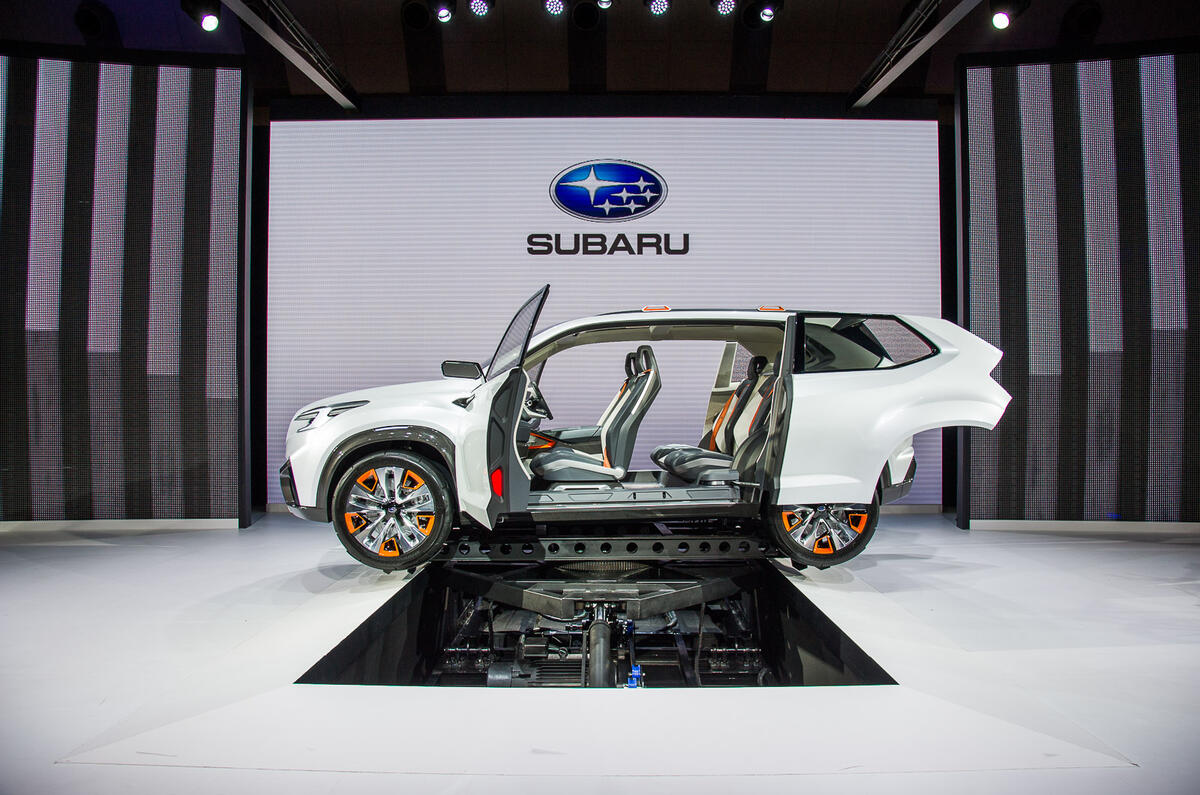
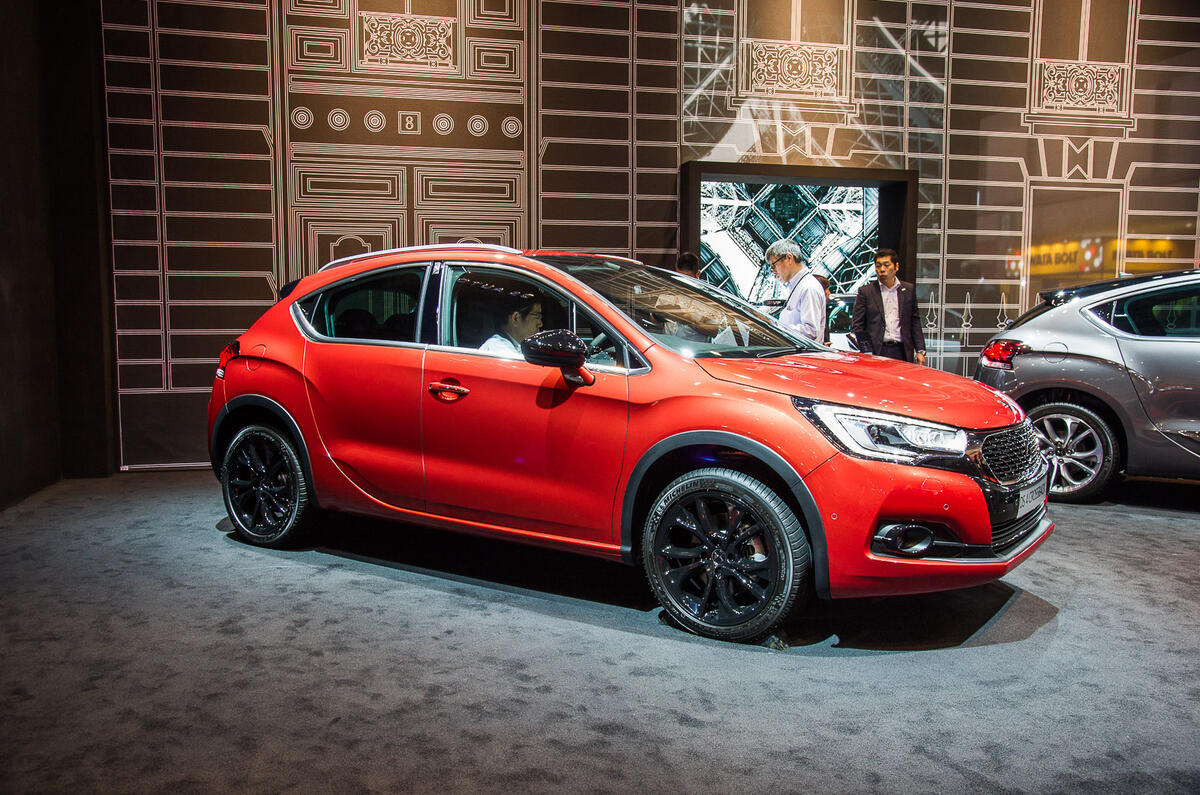
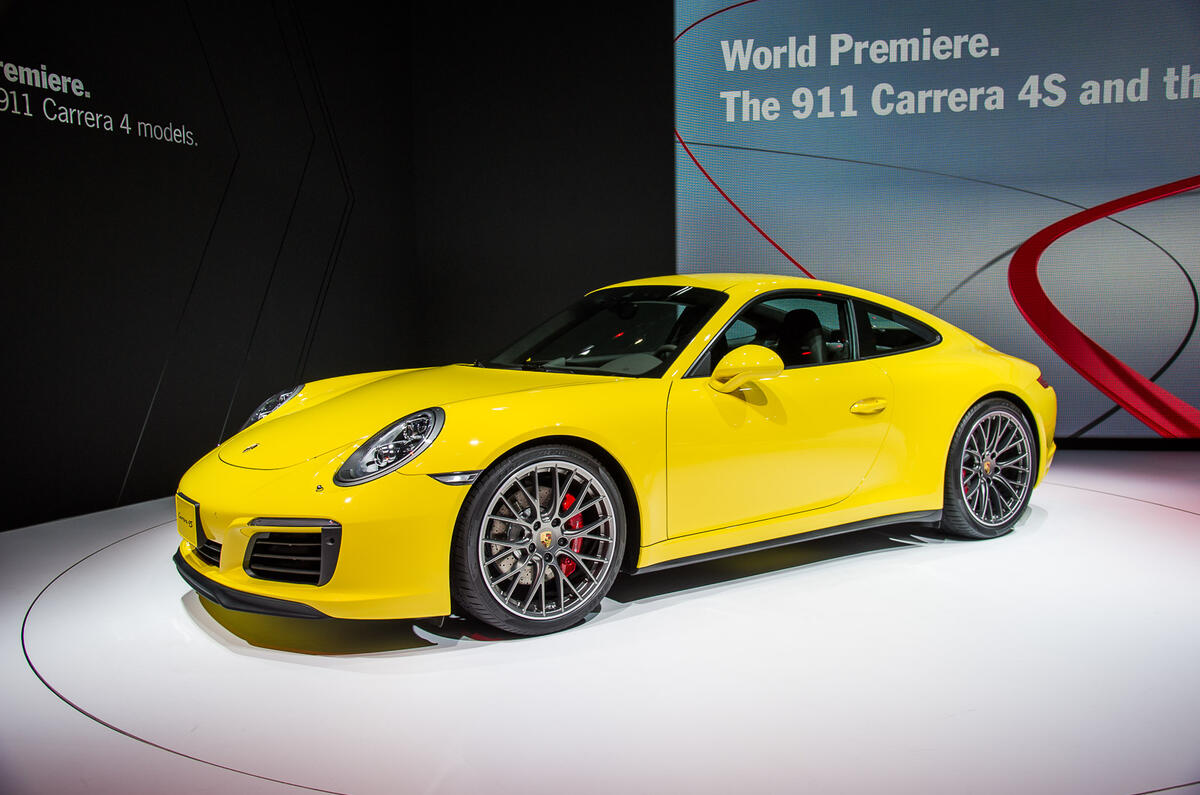
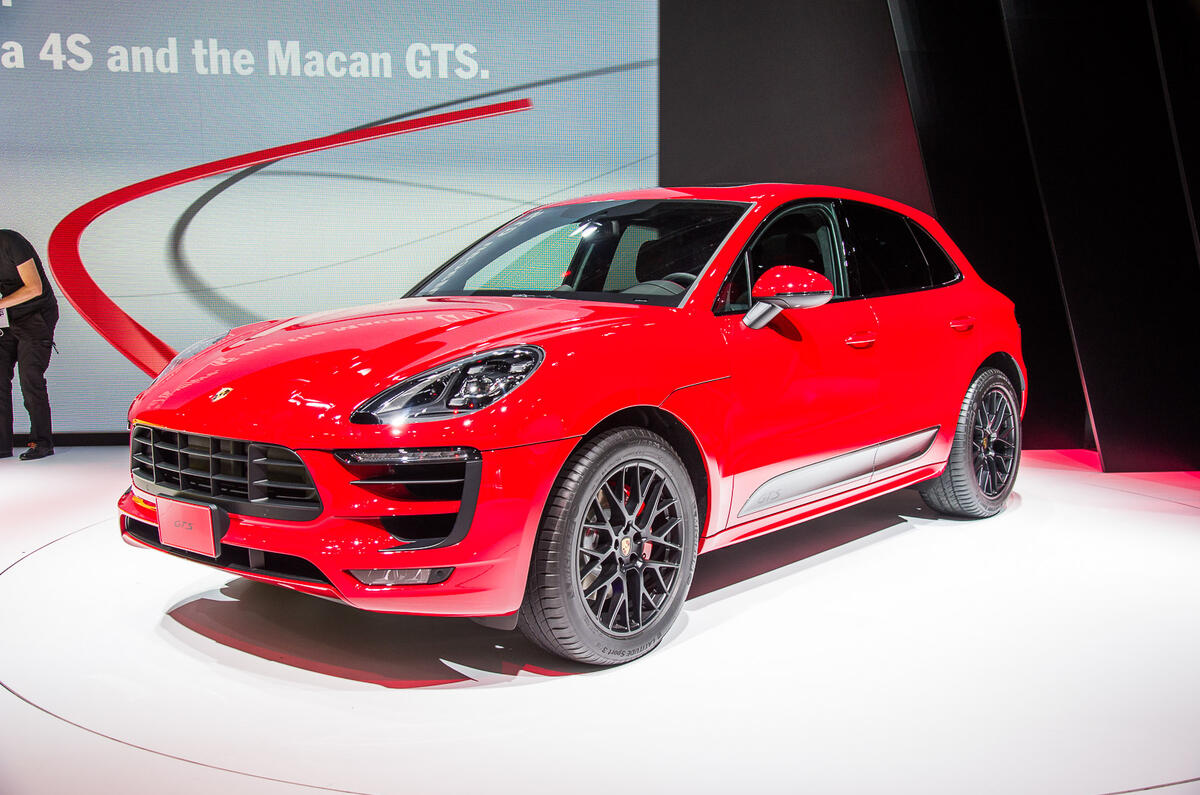
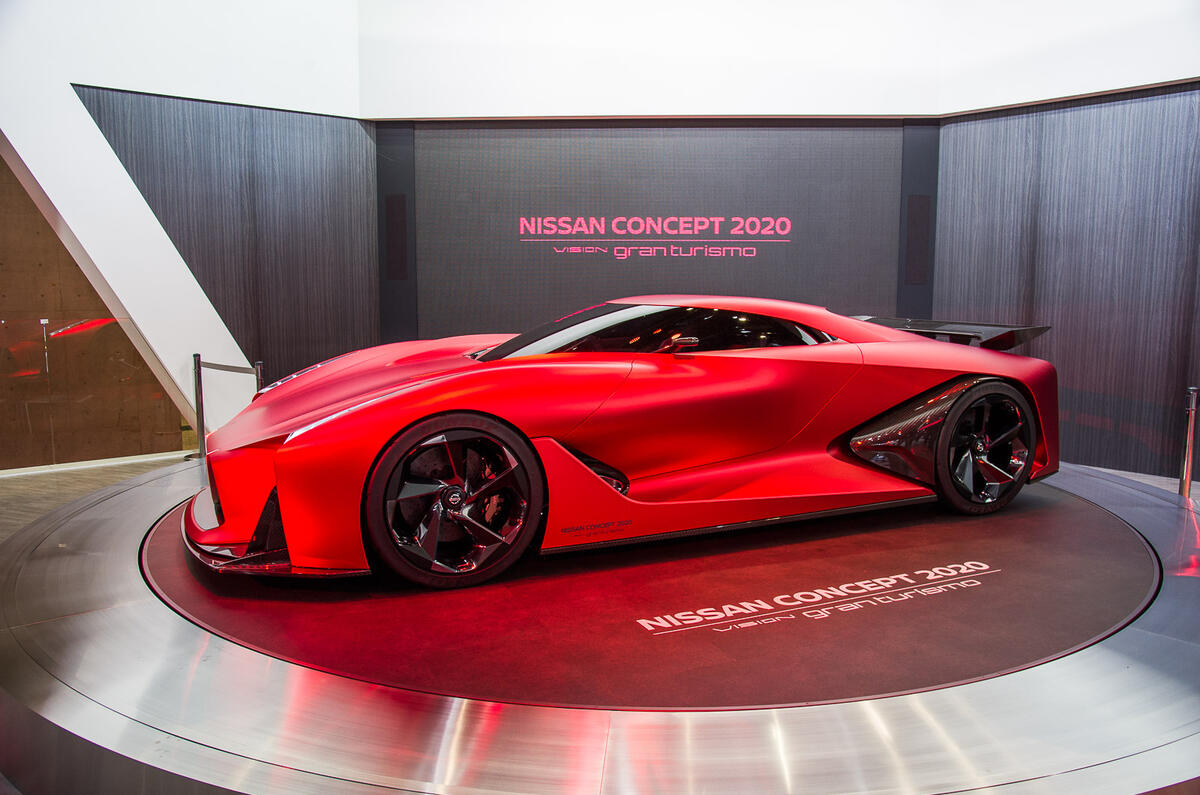
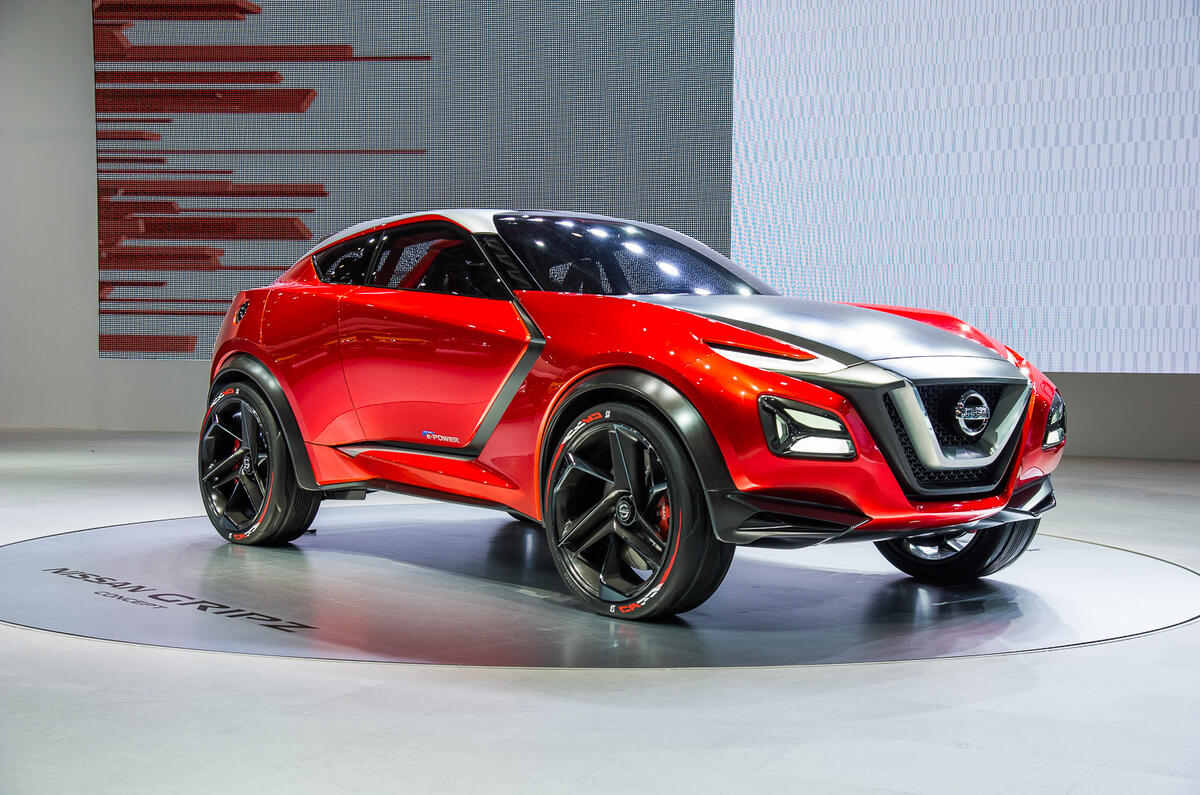
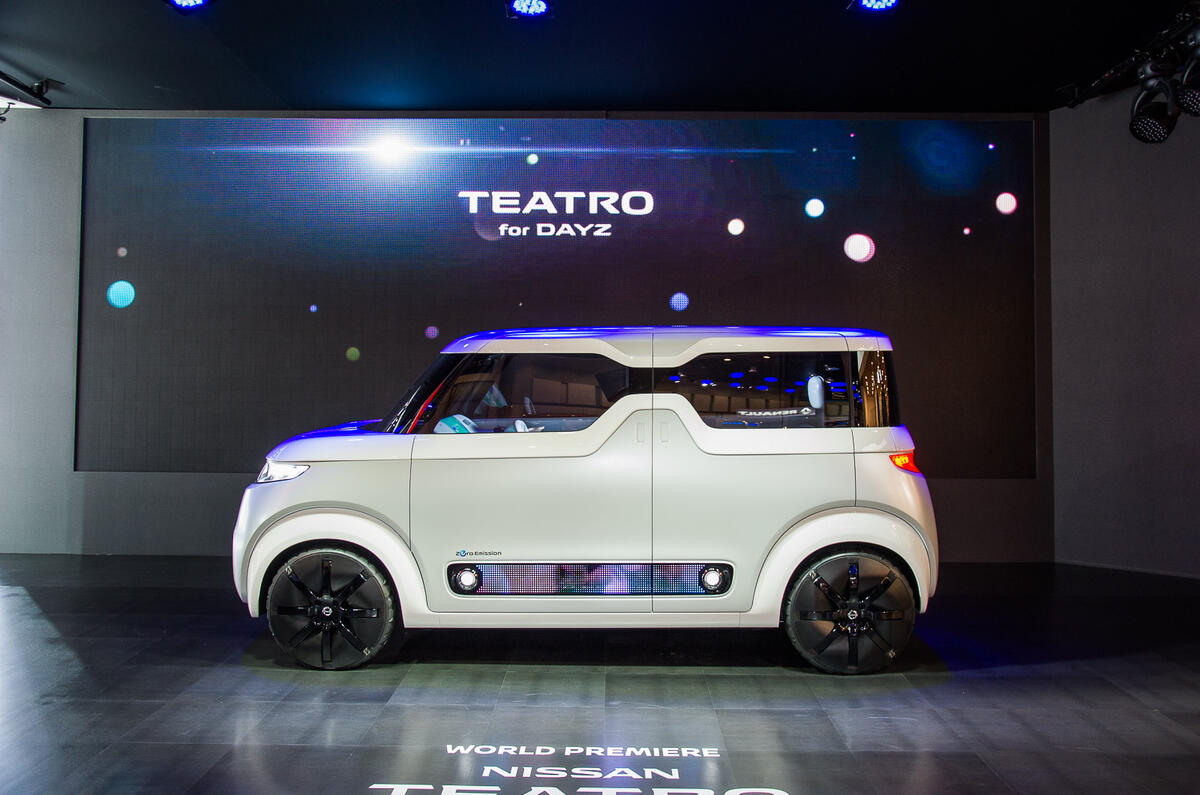
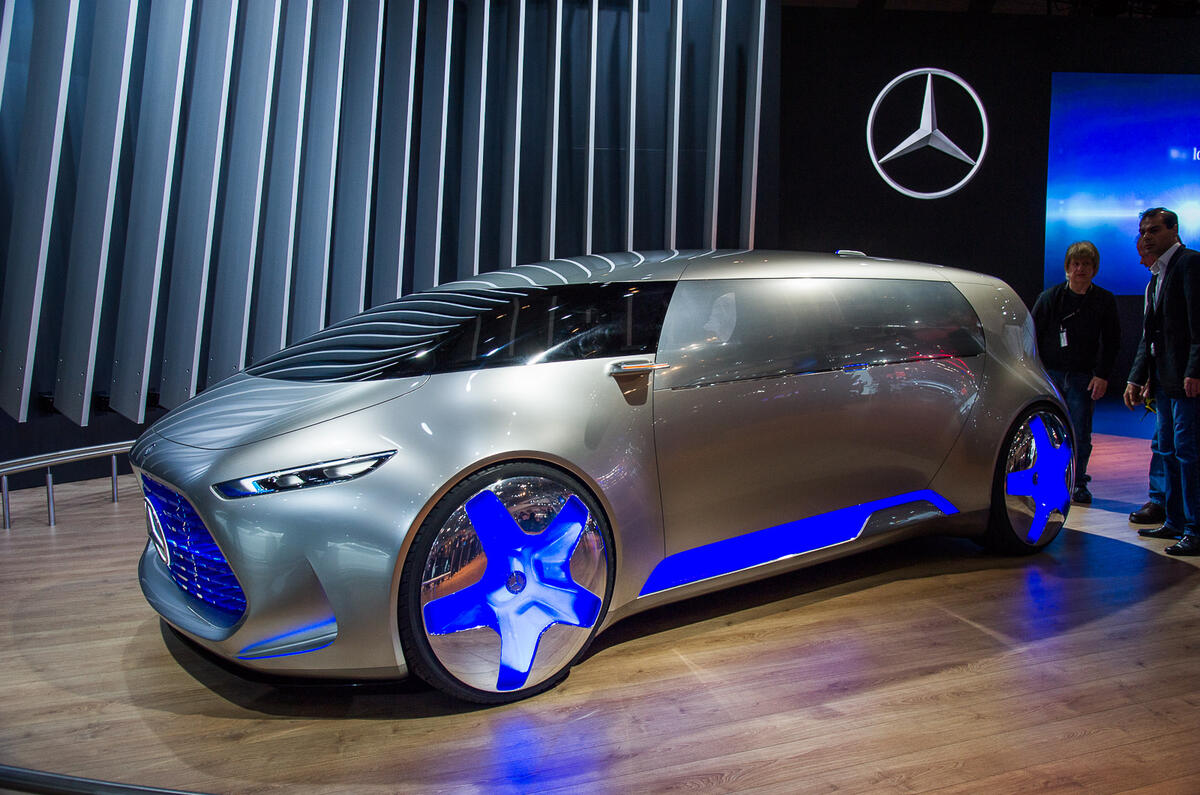
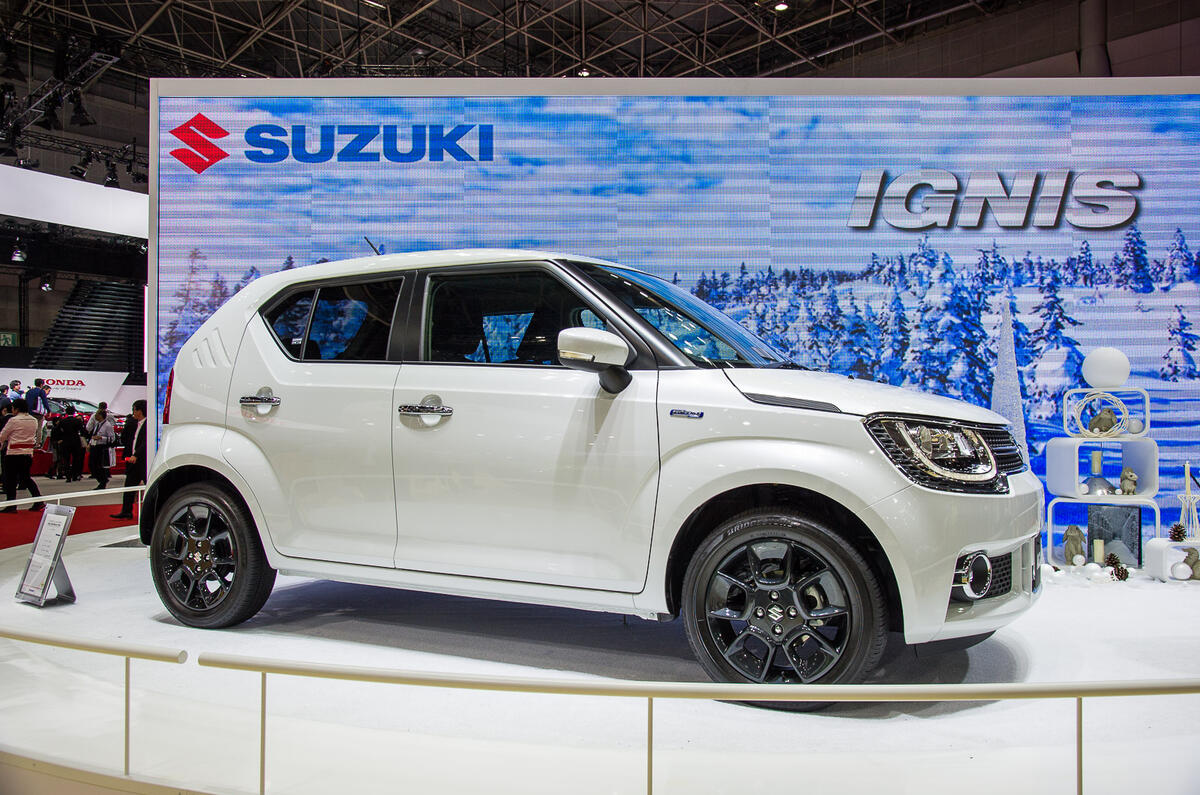
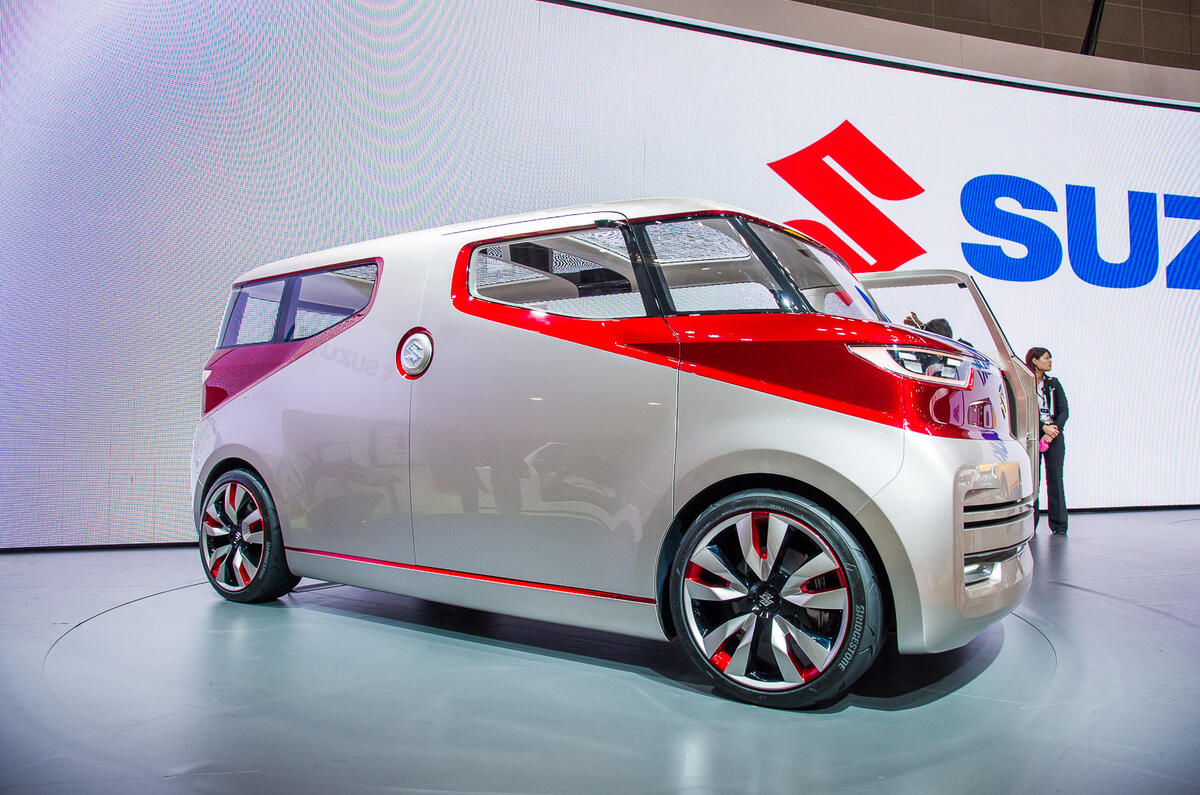

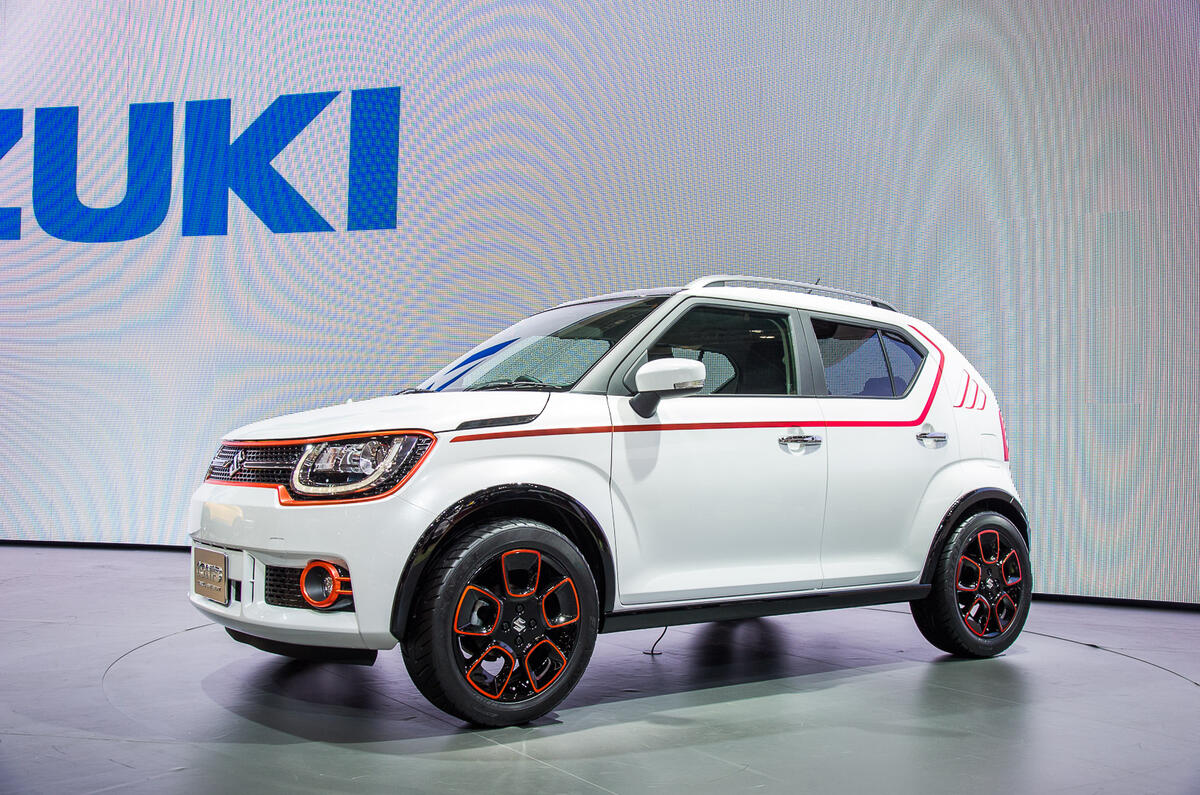
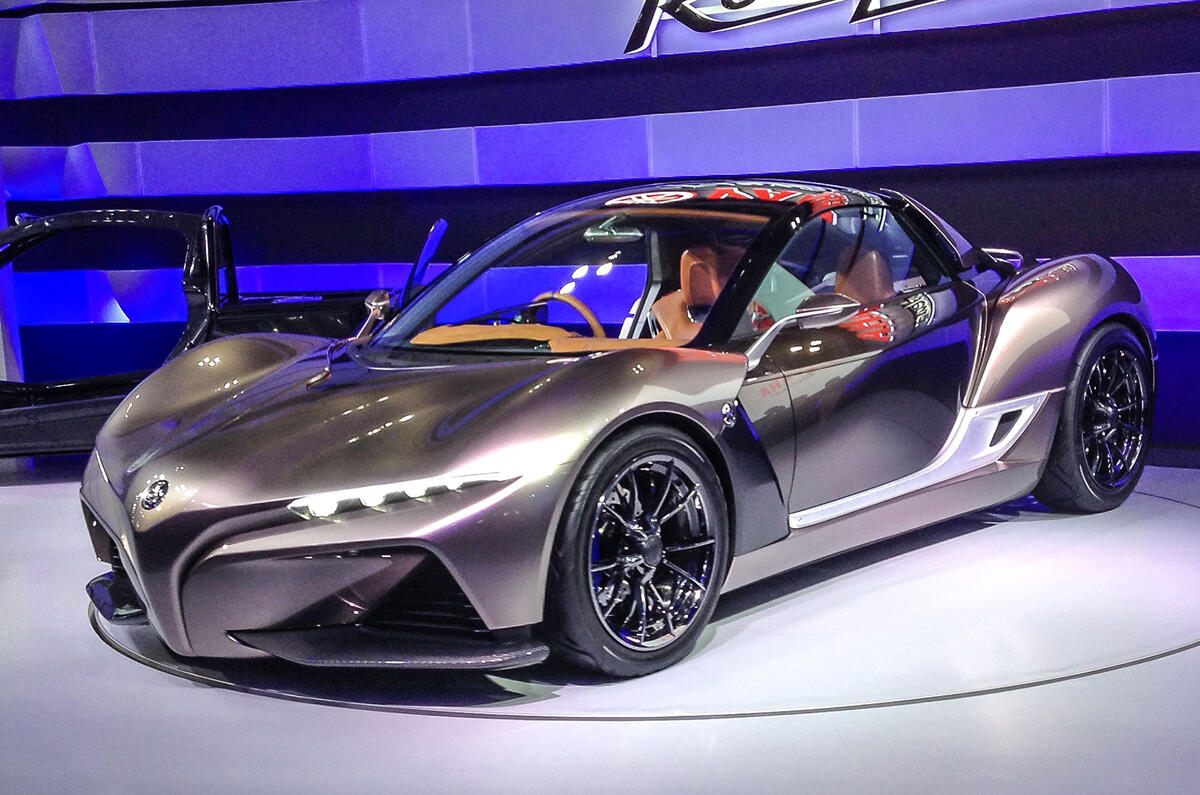
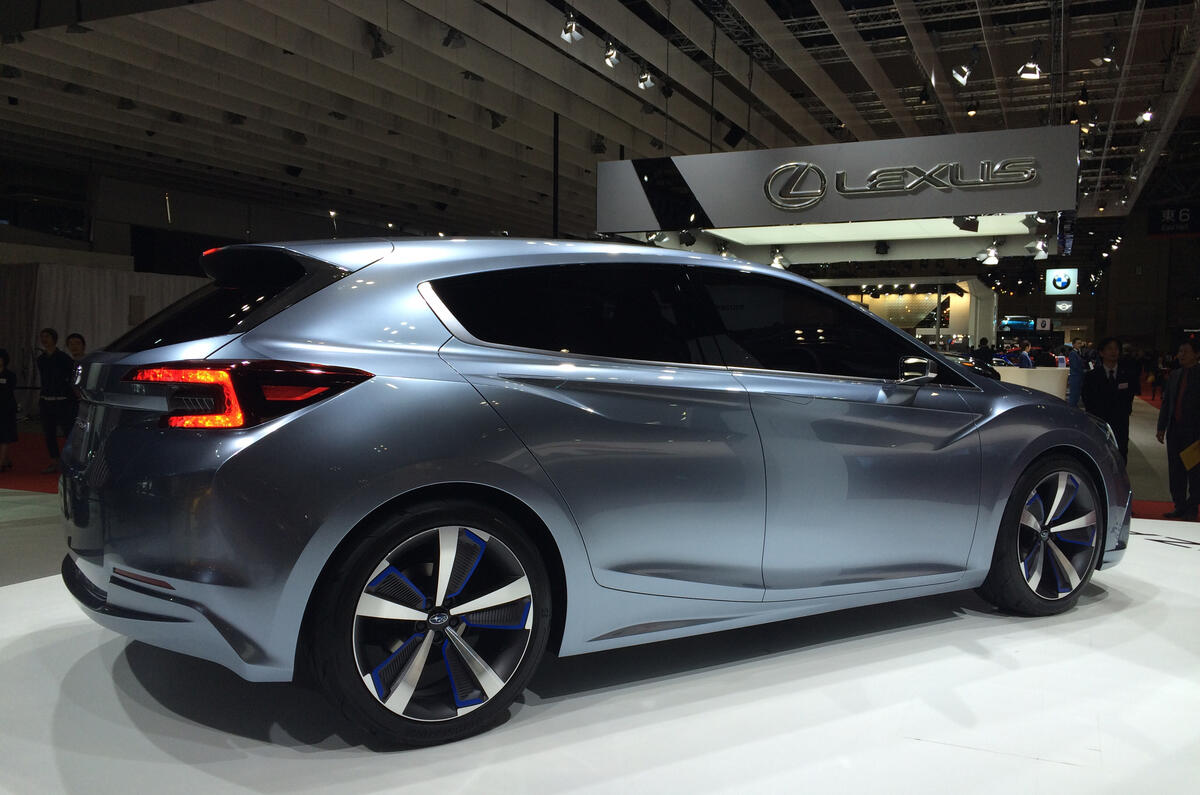



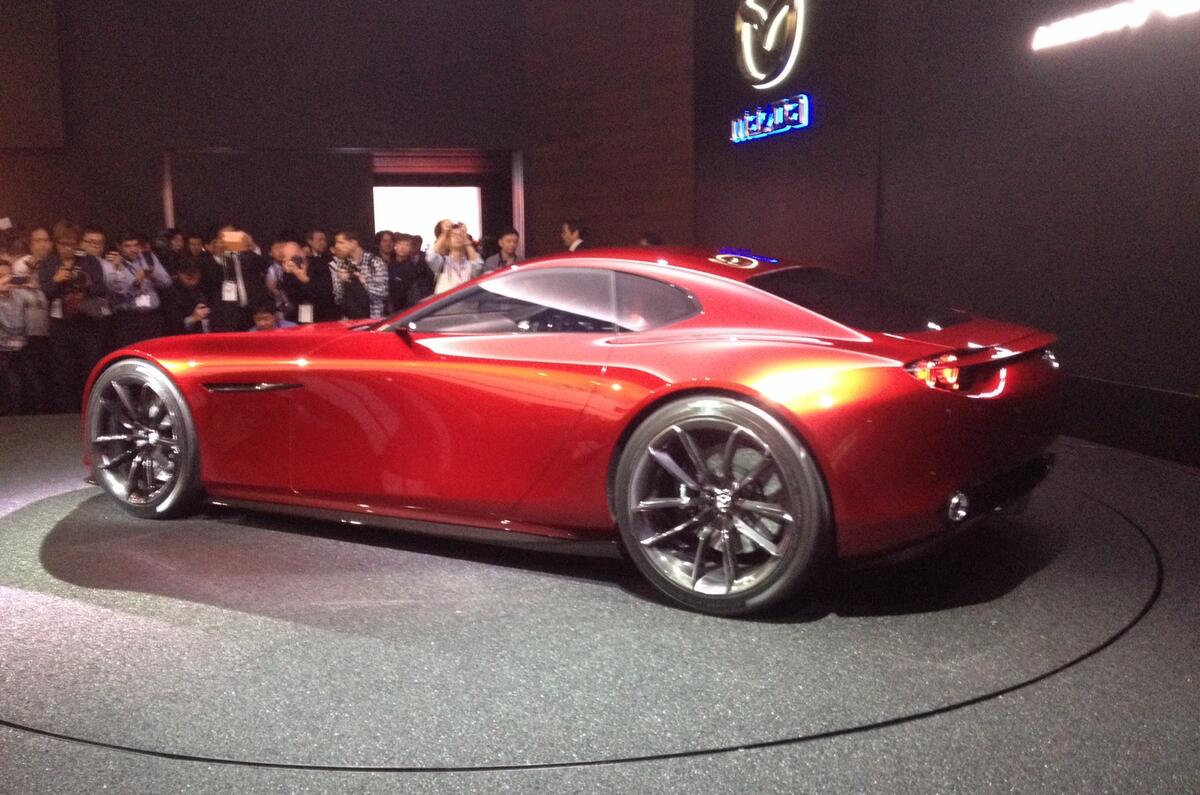
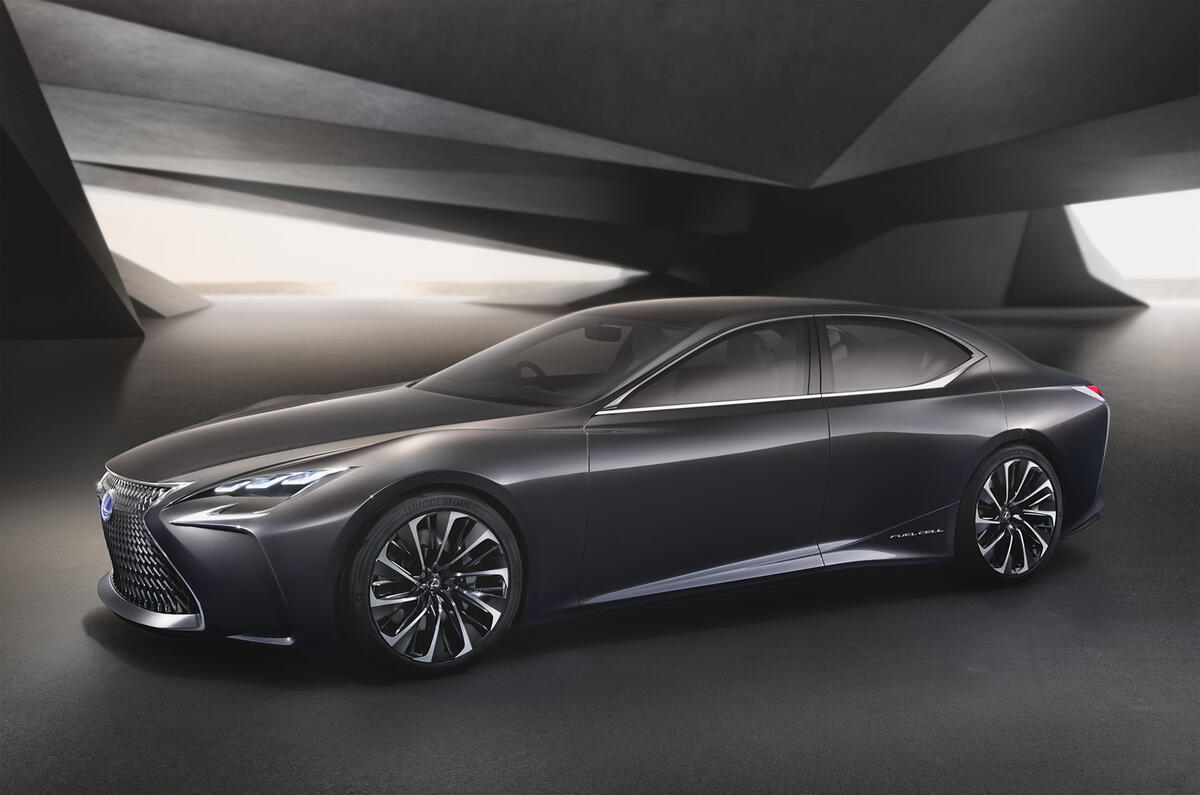
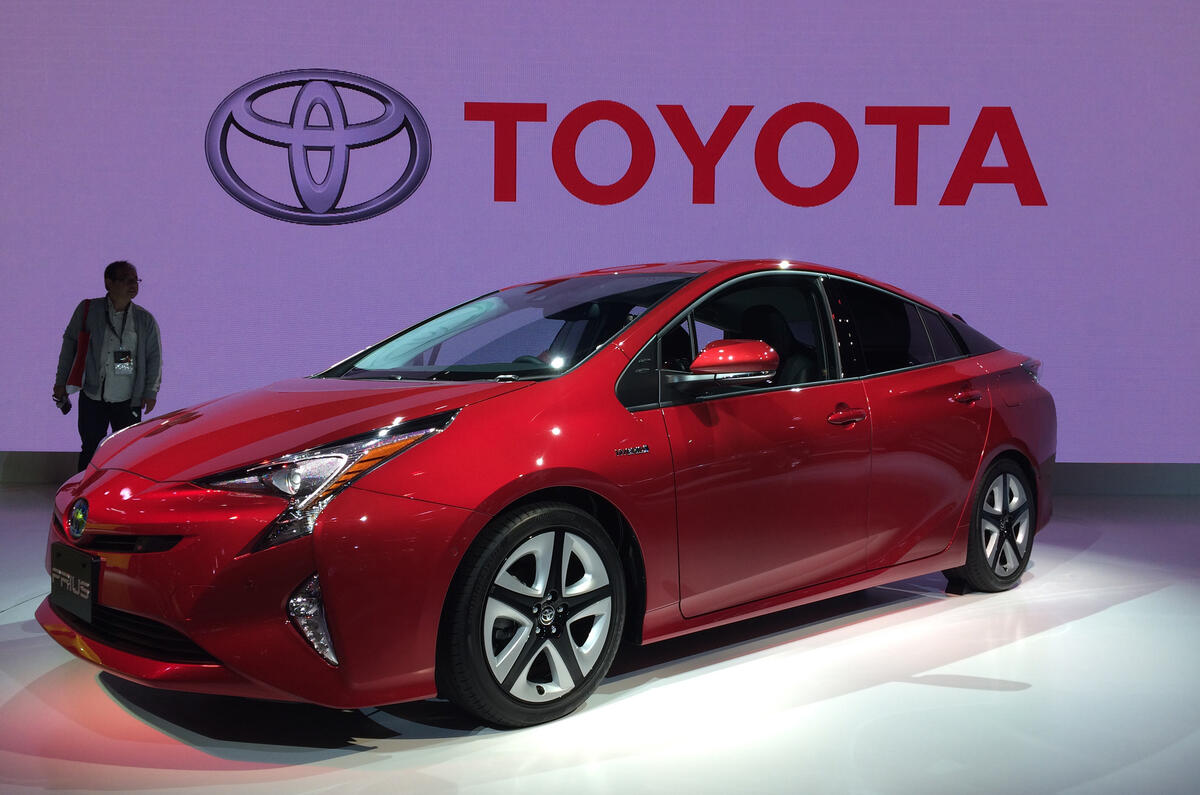
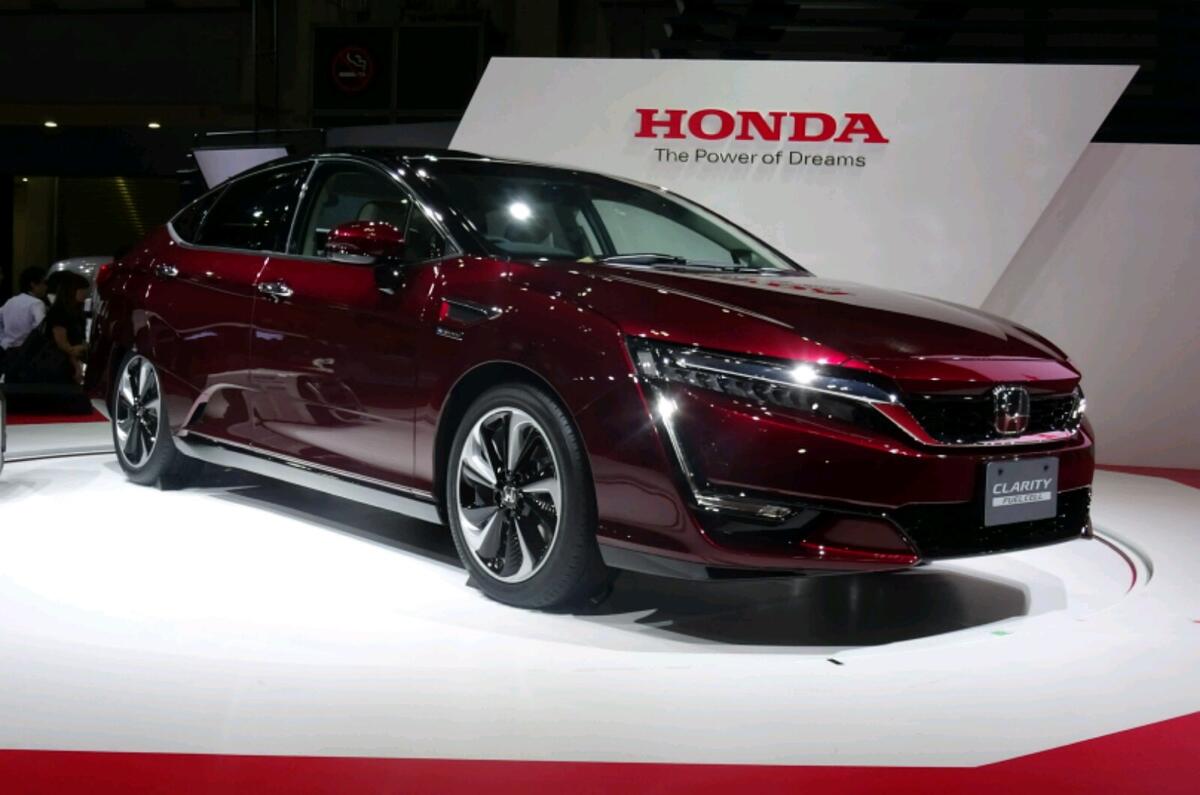
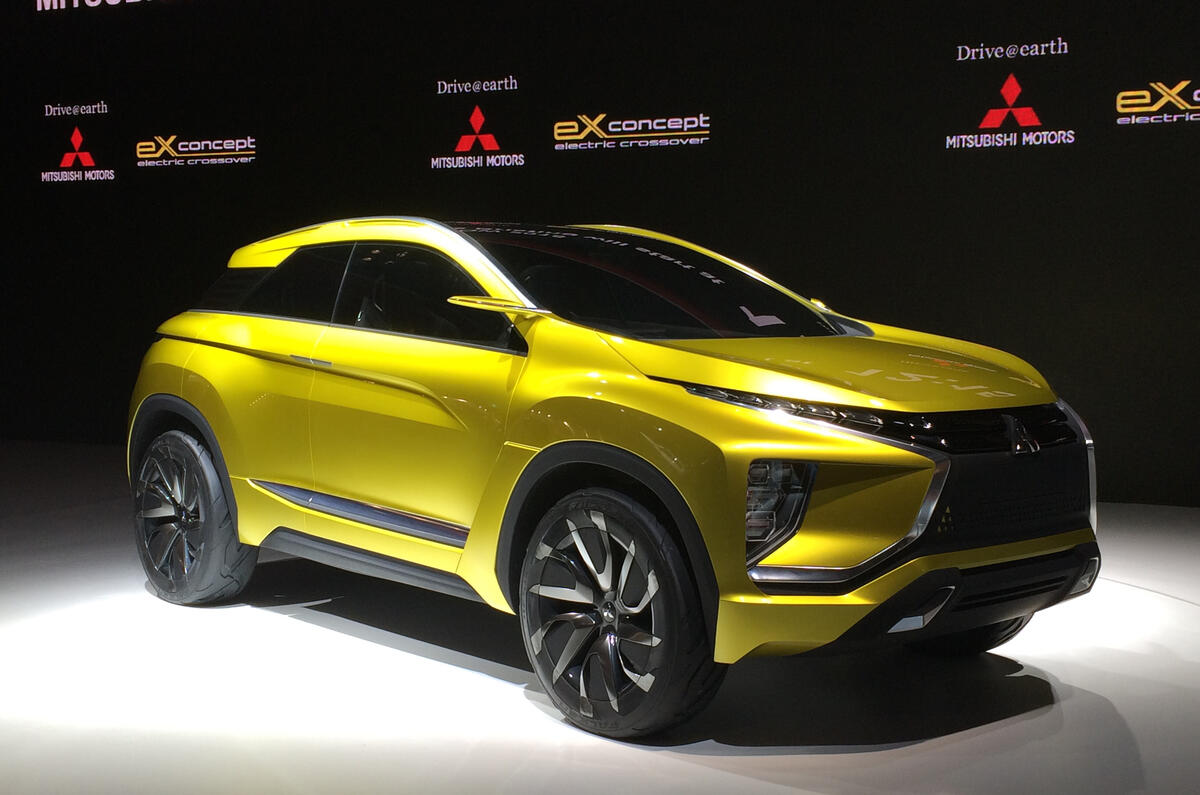
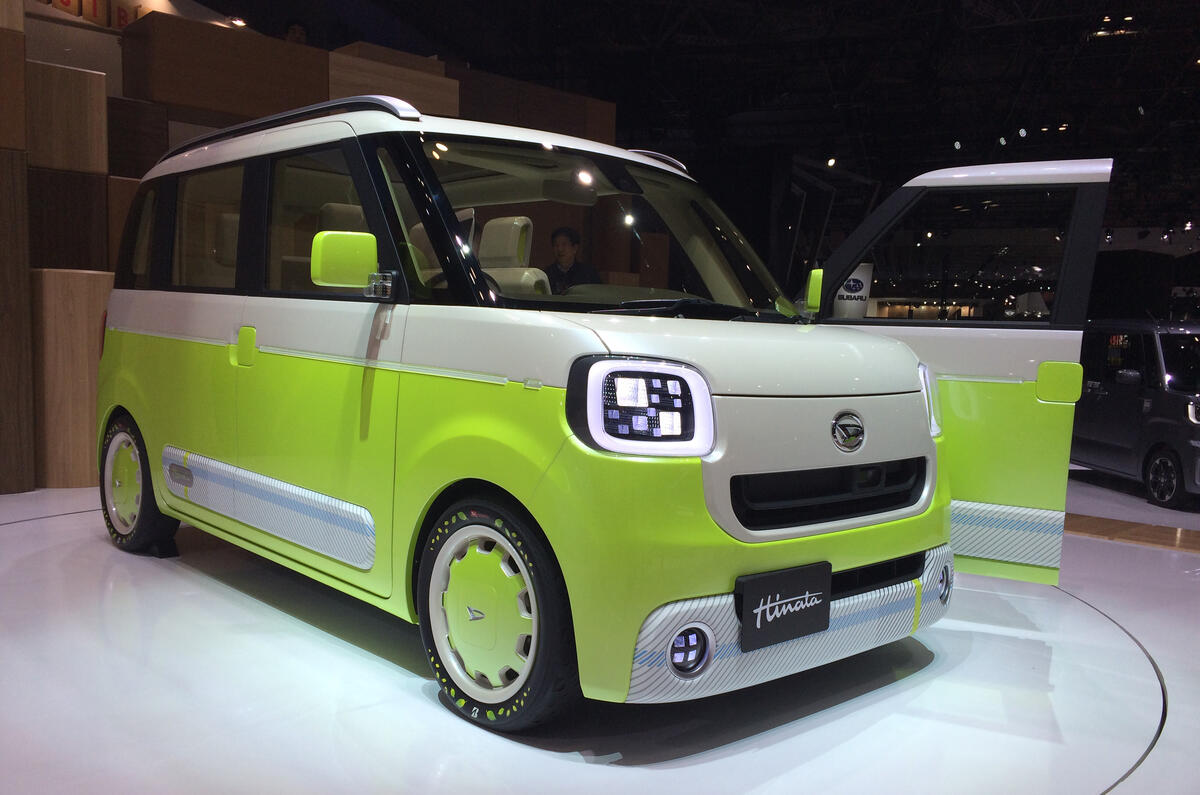
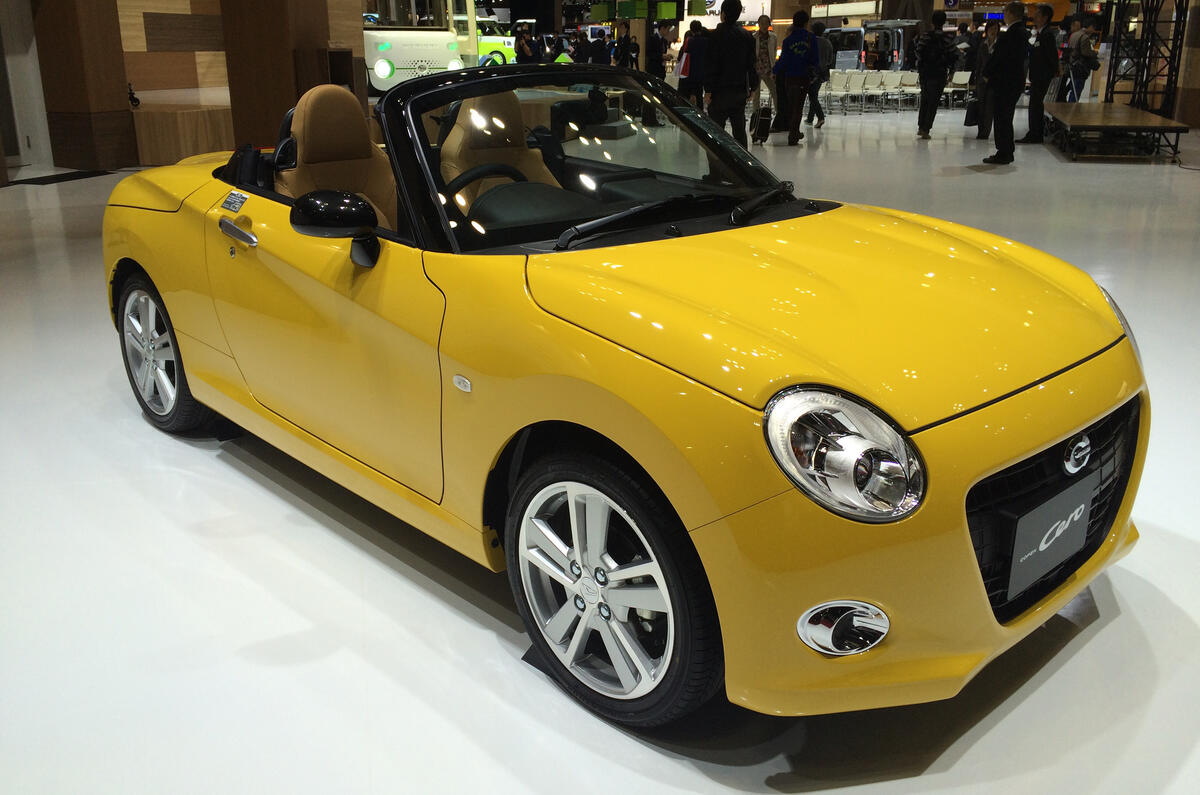
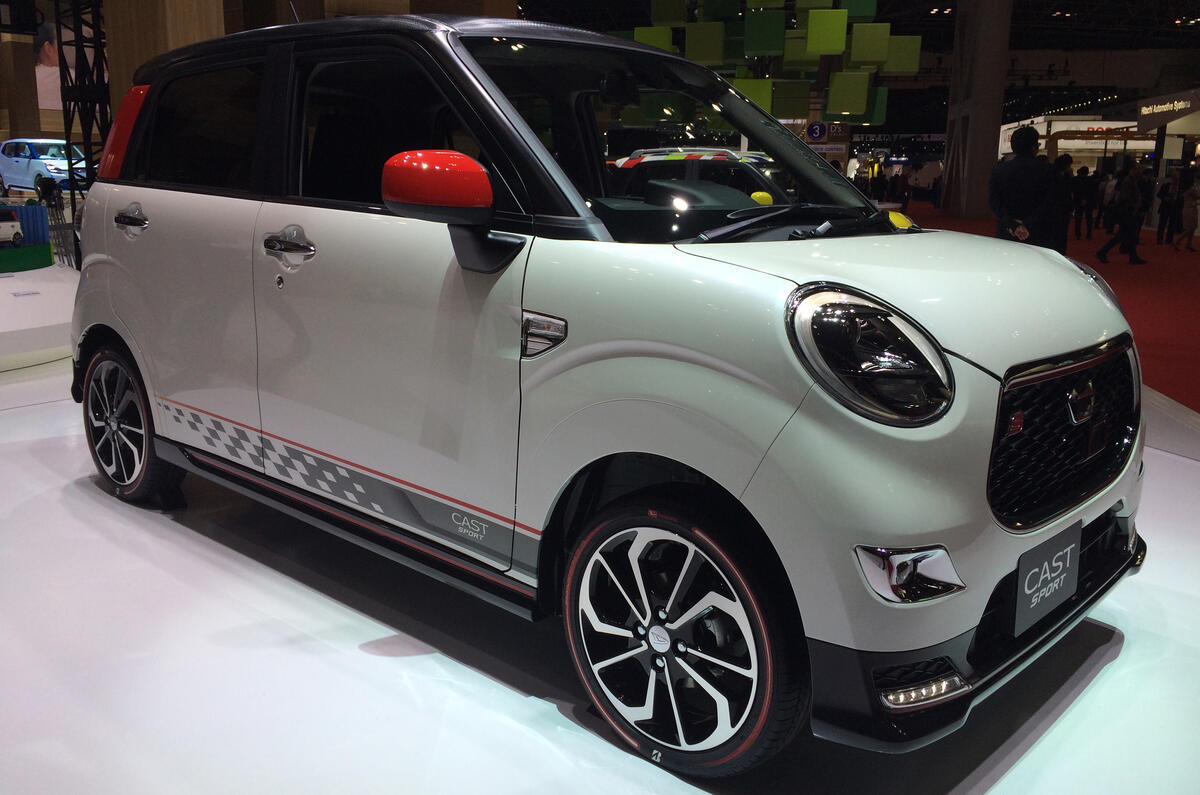
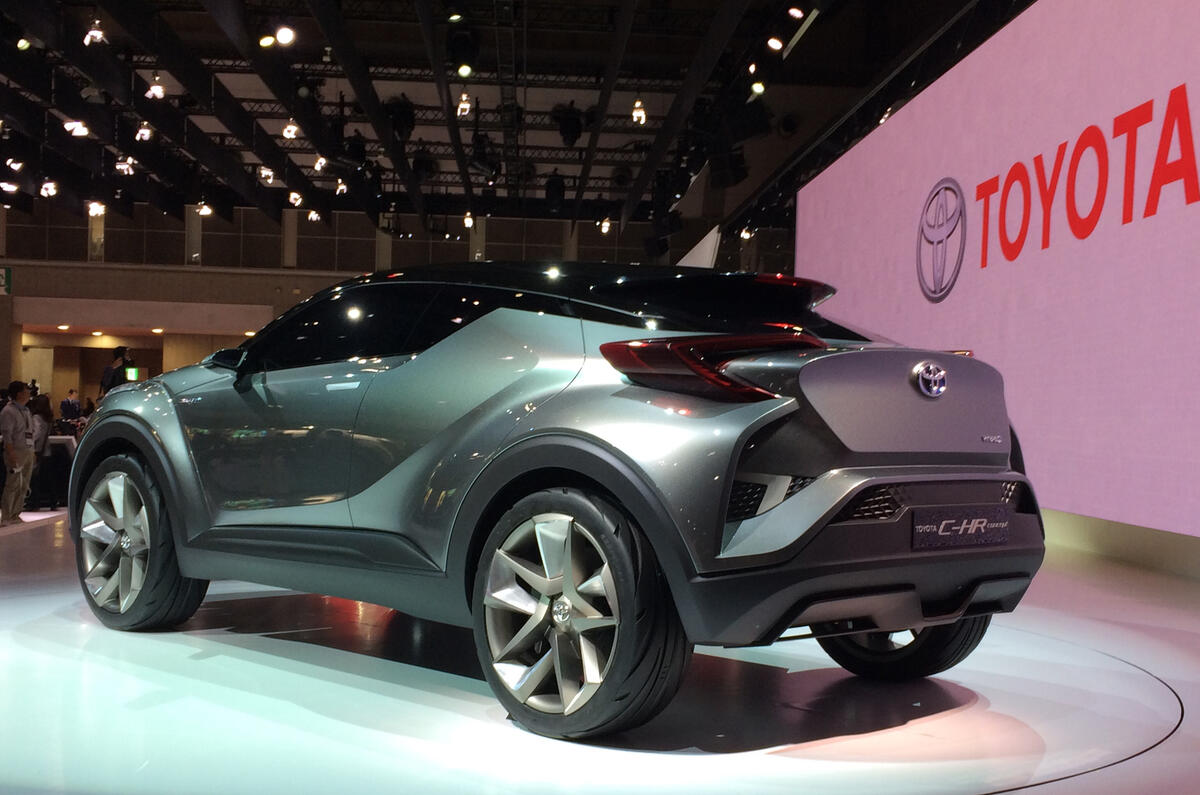
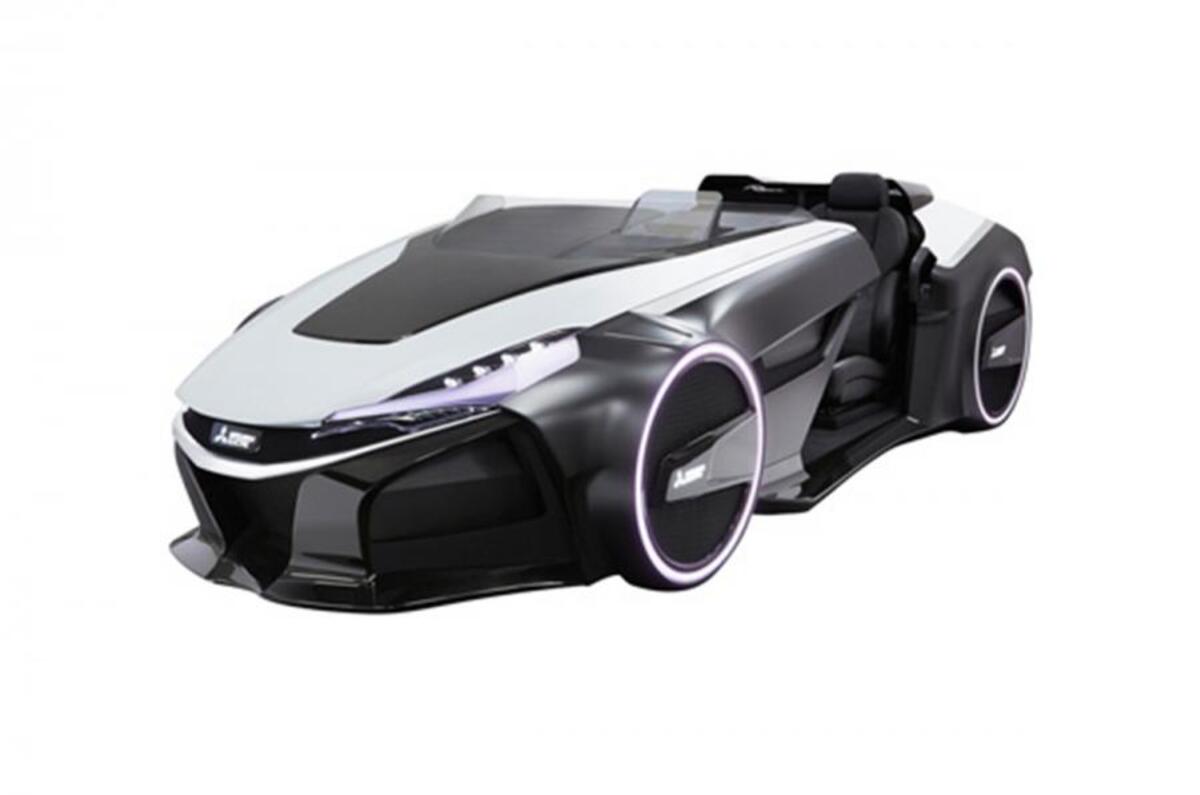
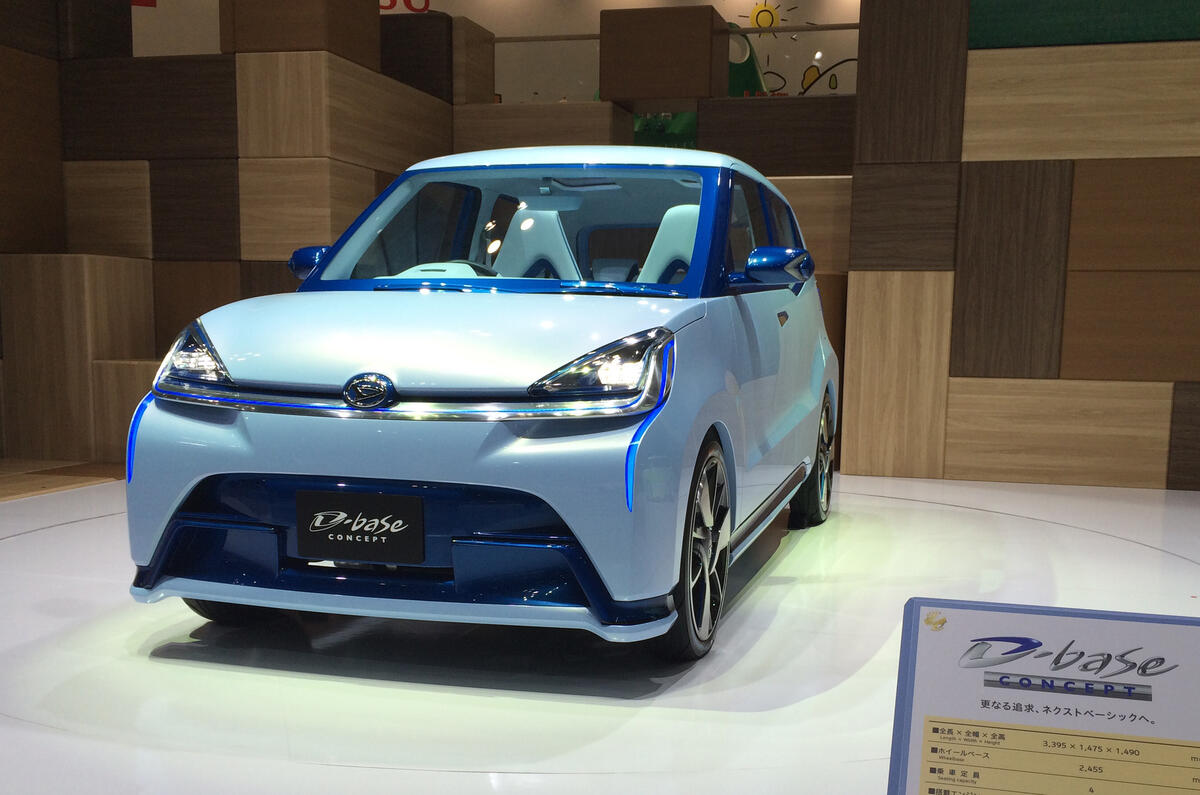
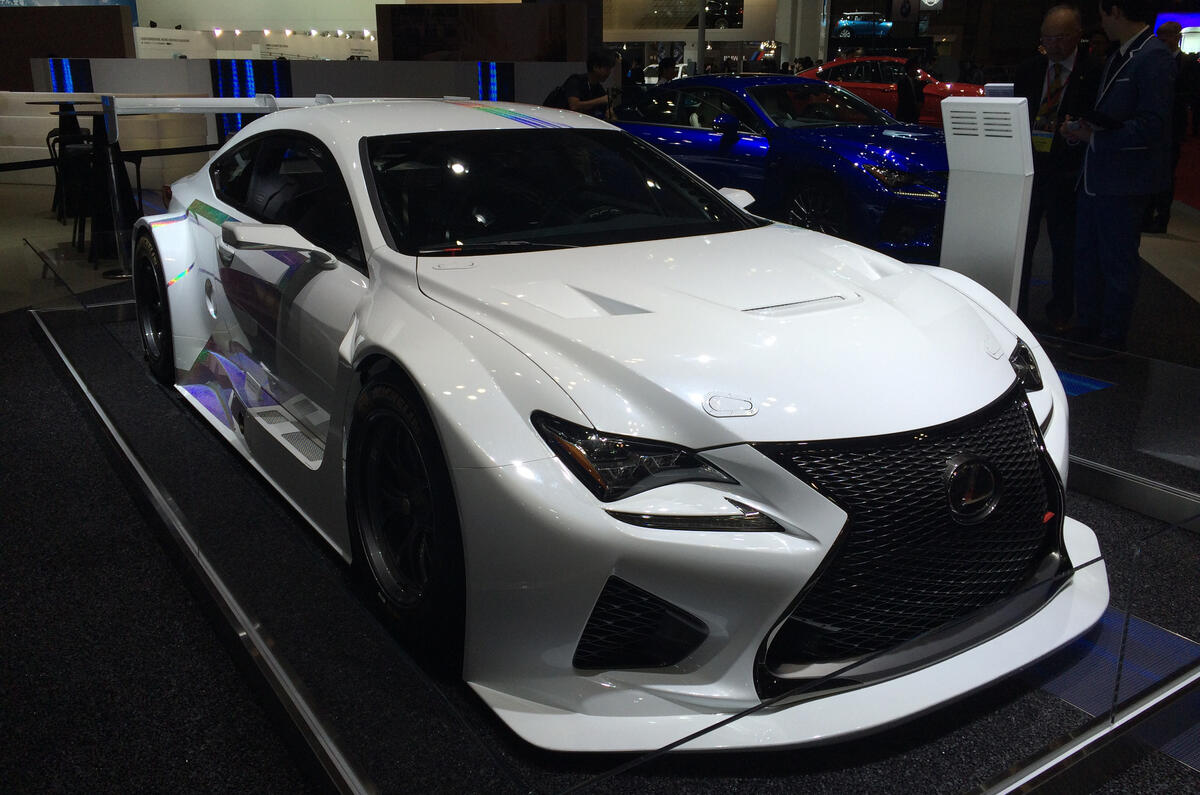
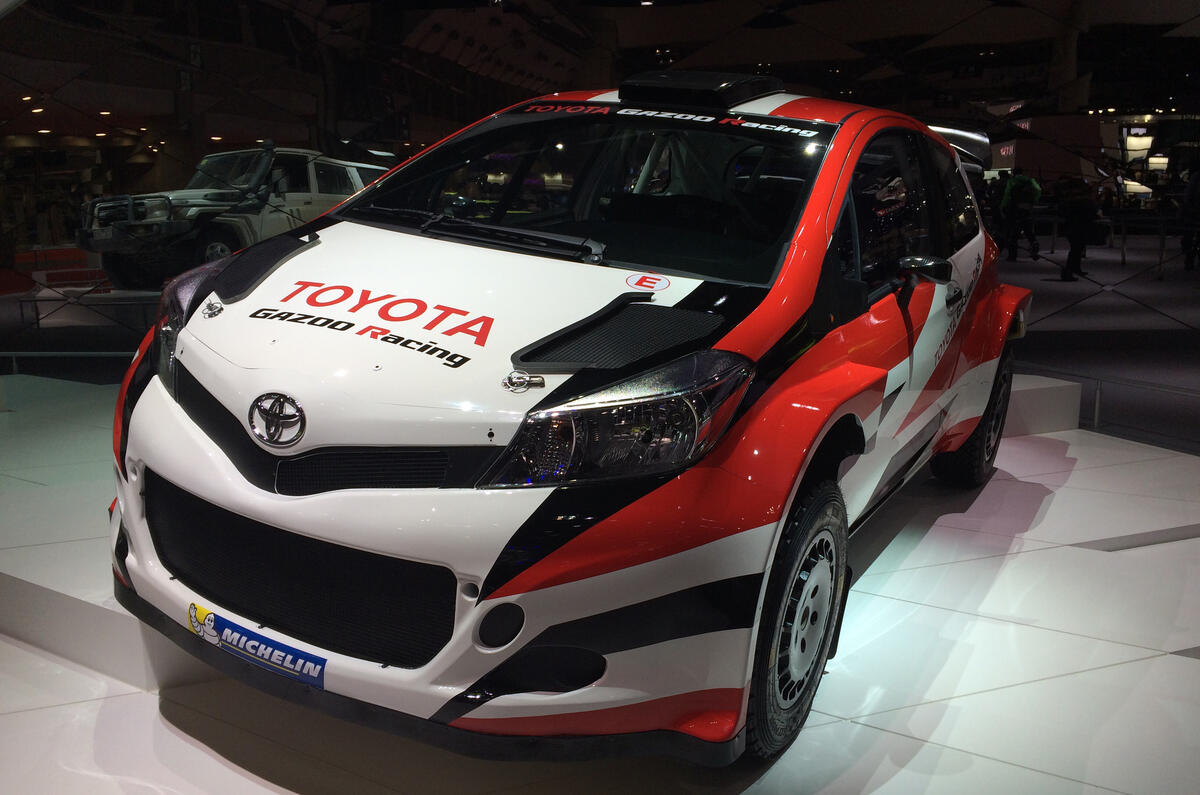
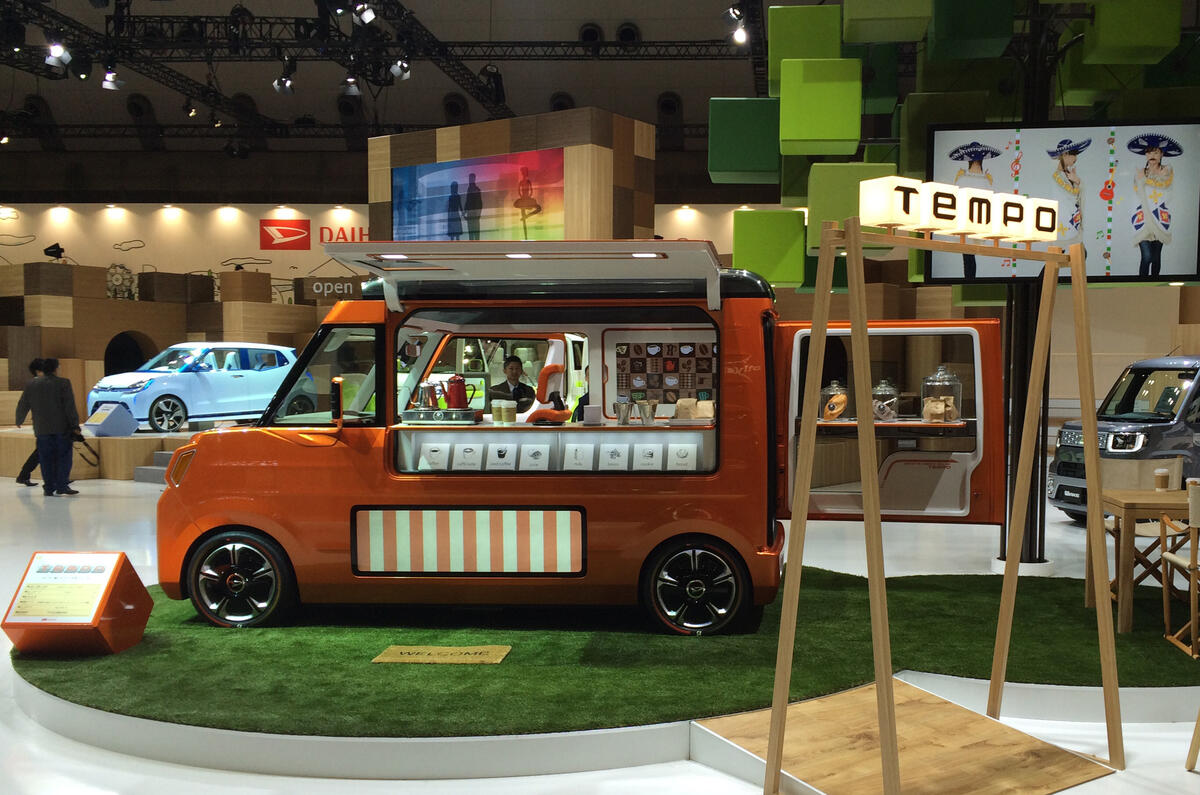
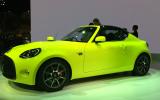

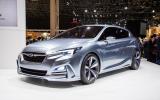
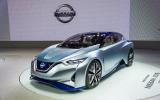
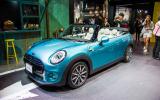
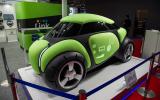

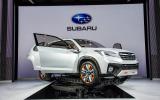
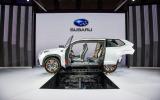
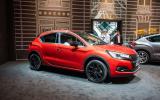
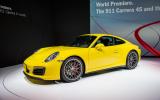
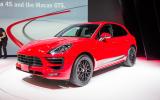
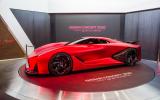
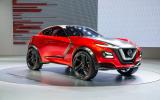
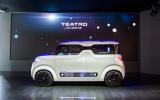
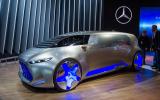
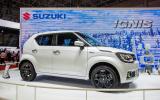

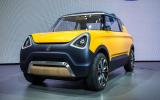

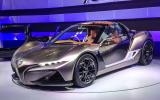
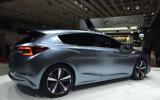
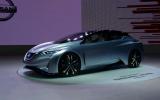
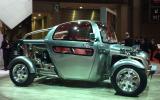

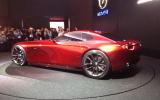
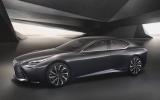
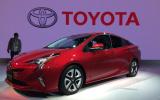
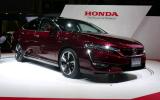
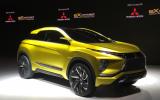
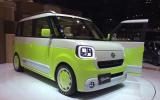
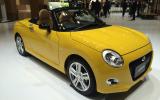
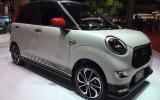

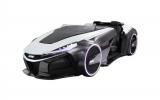
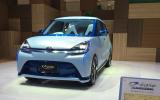

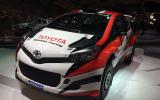







Join the debate
Add your comment
where have all the Germans gone - long time passing
Is that Yamahas first attempt at building a car?
Hints of the 1989 Show